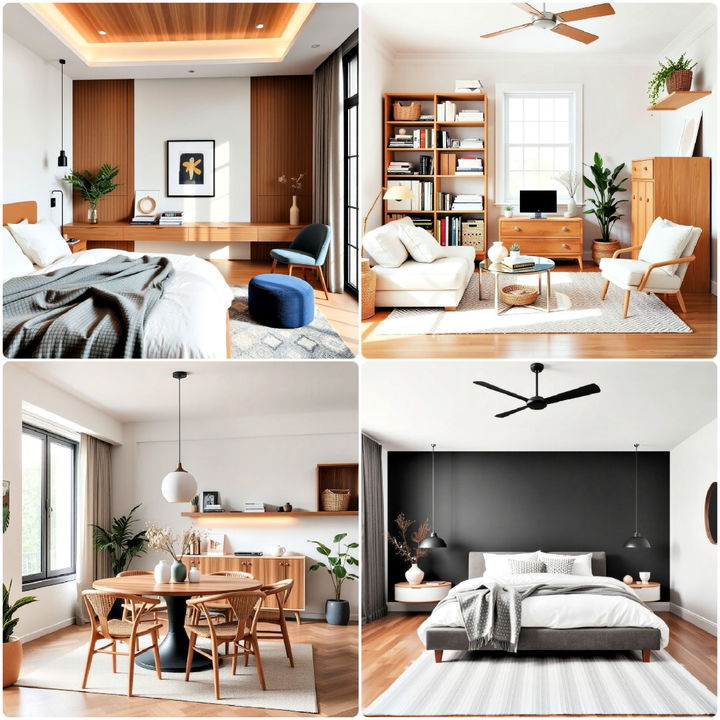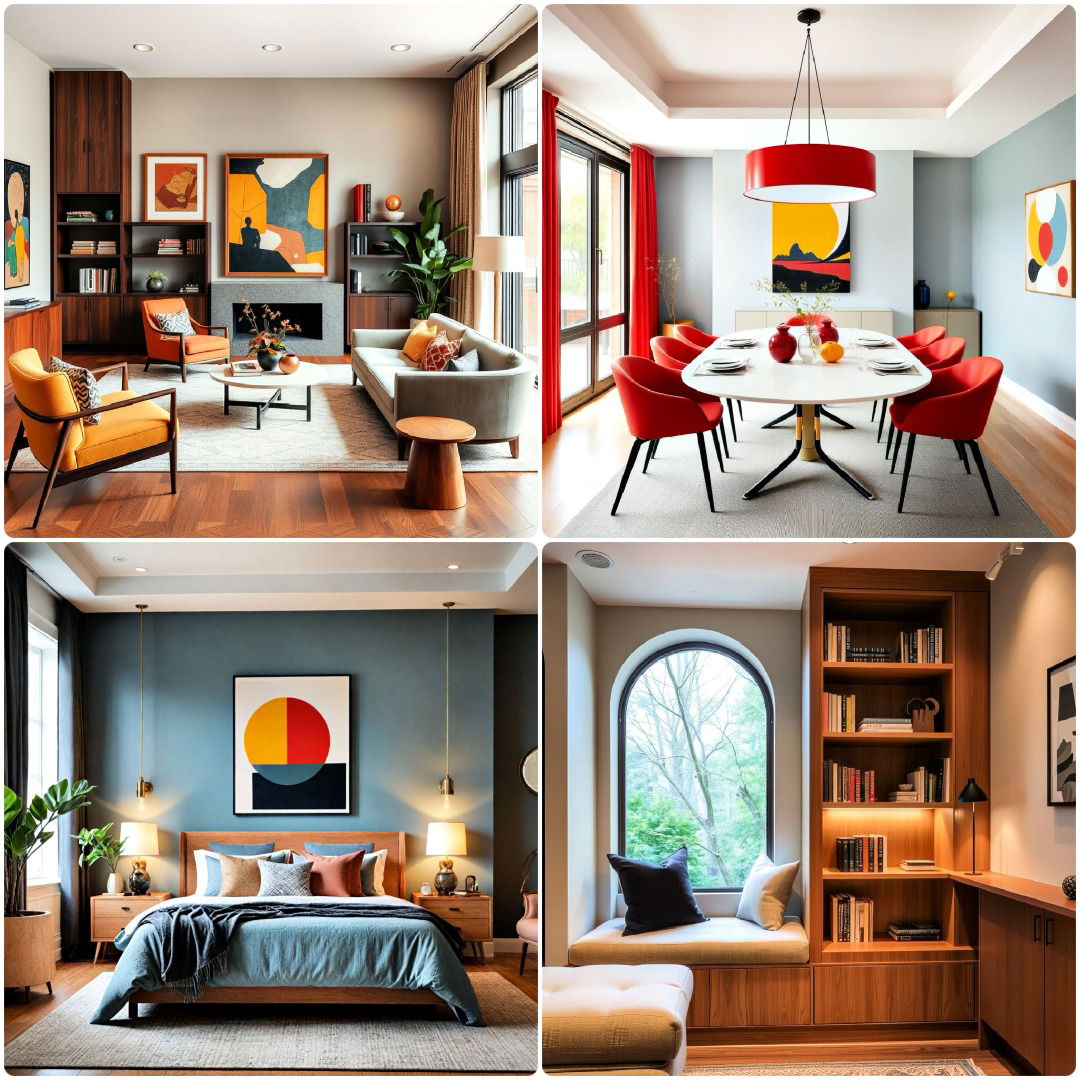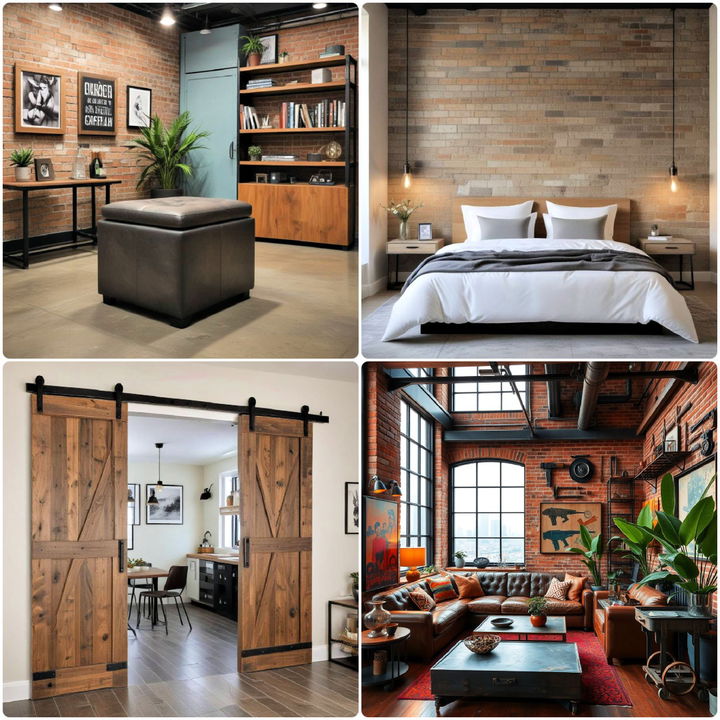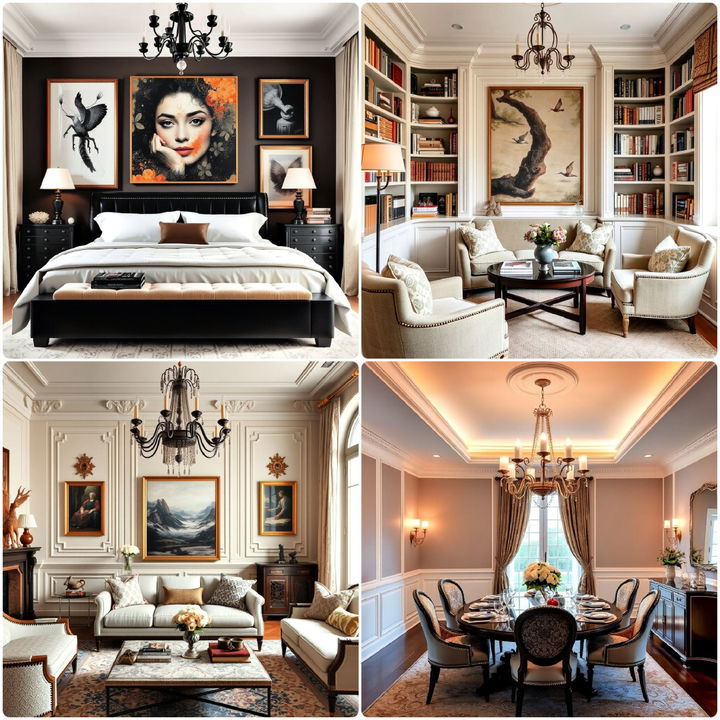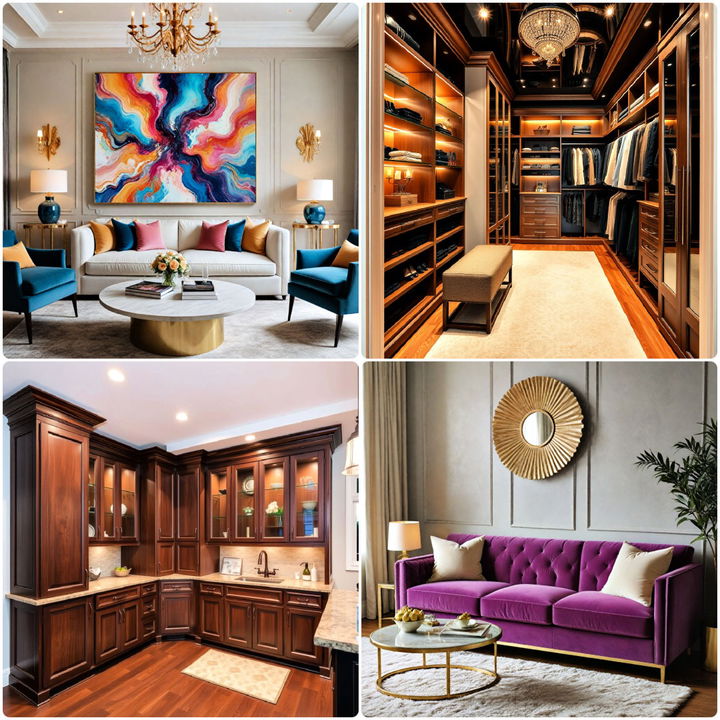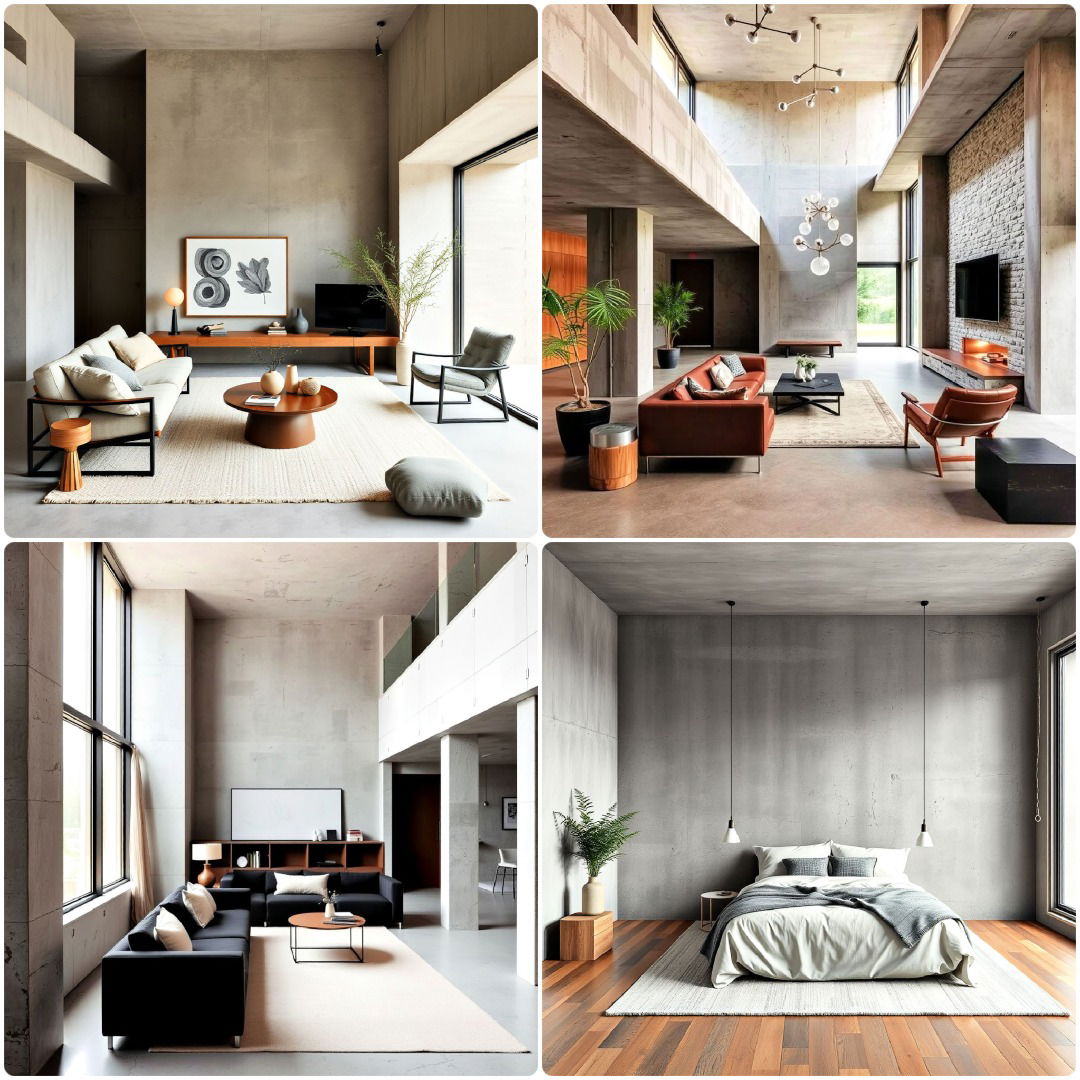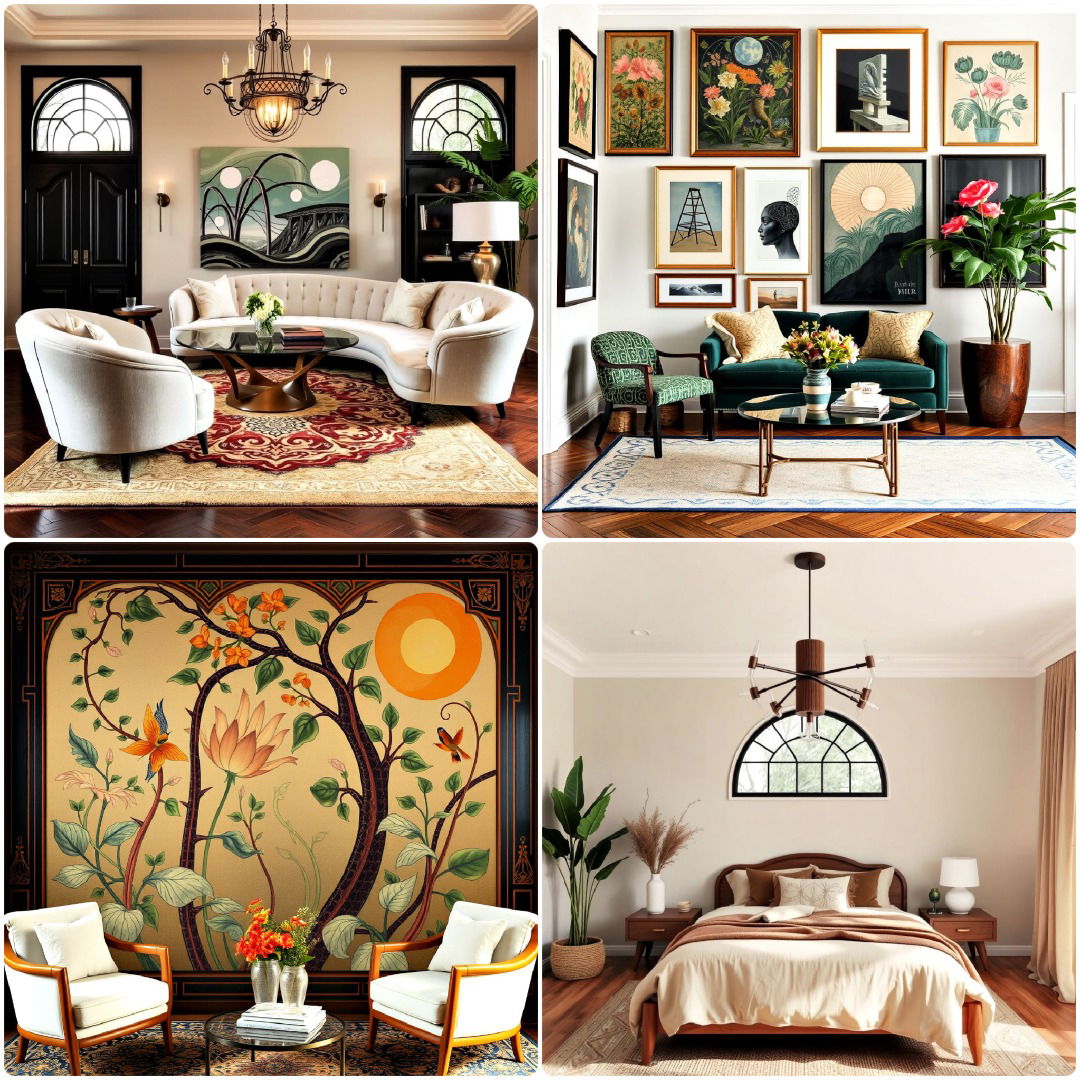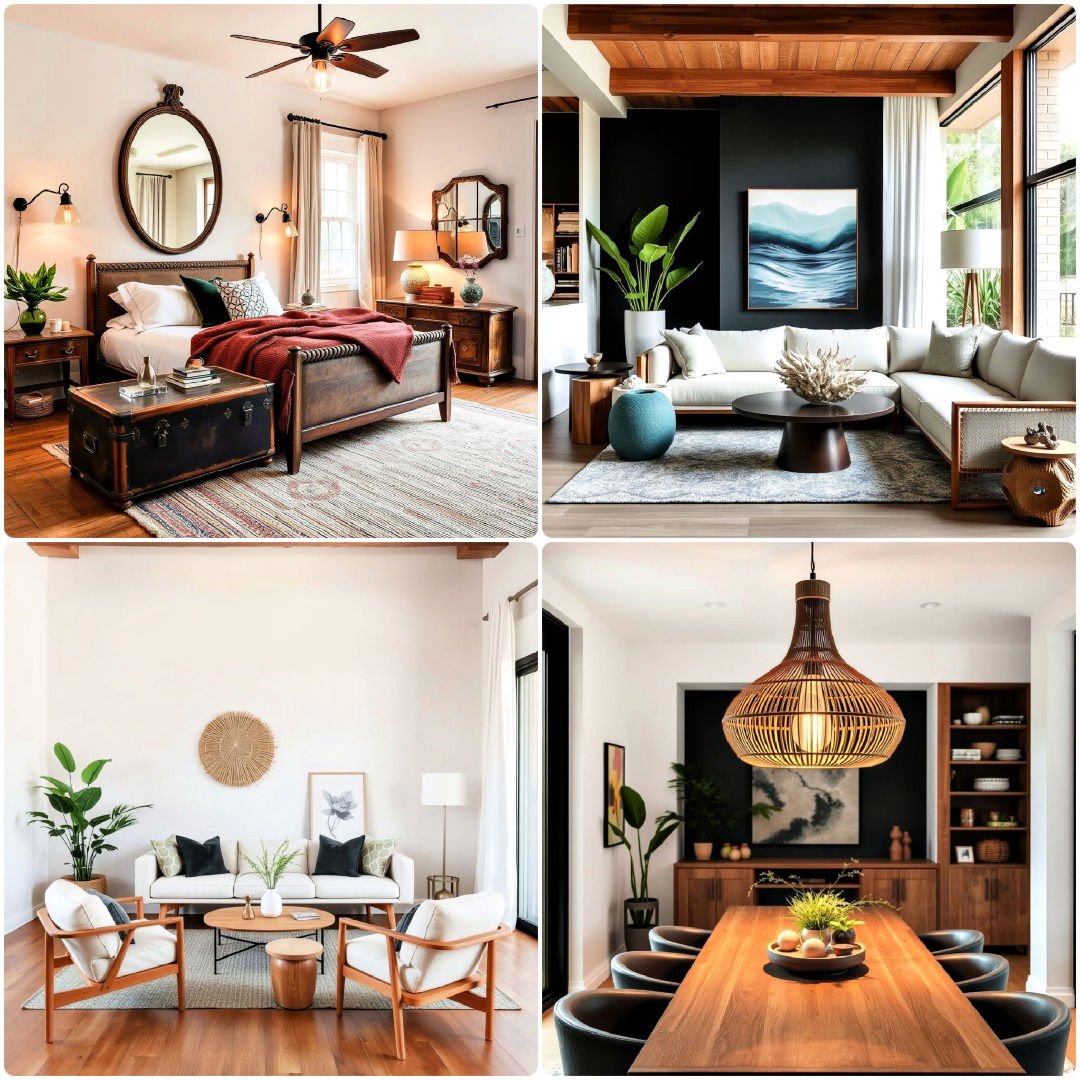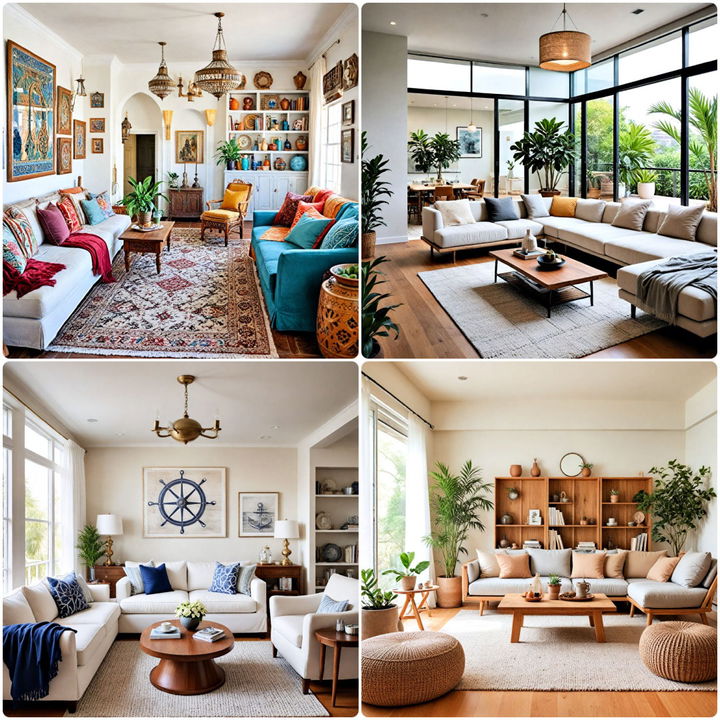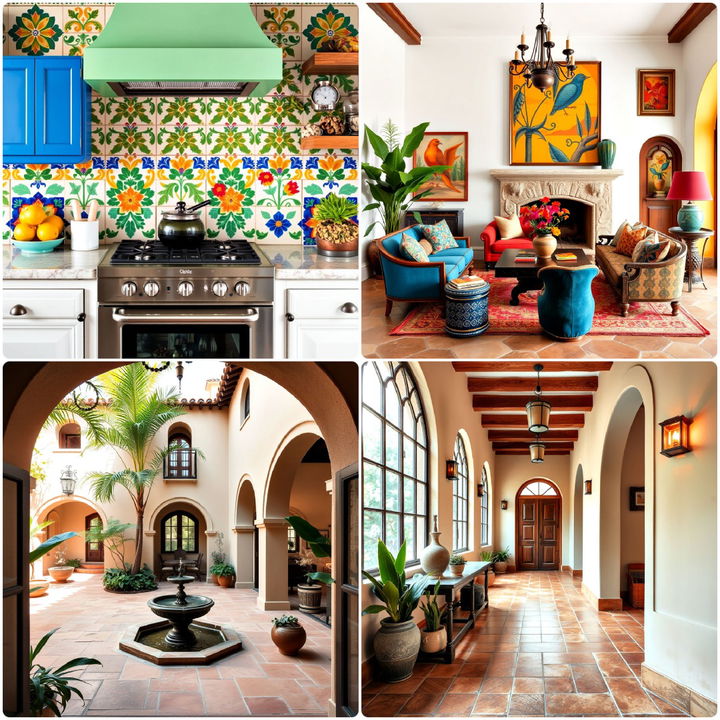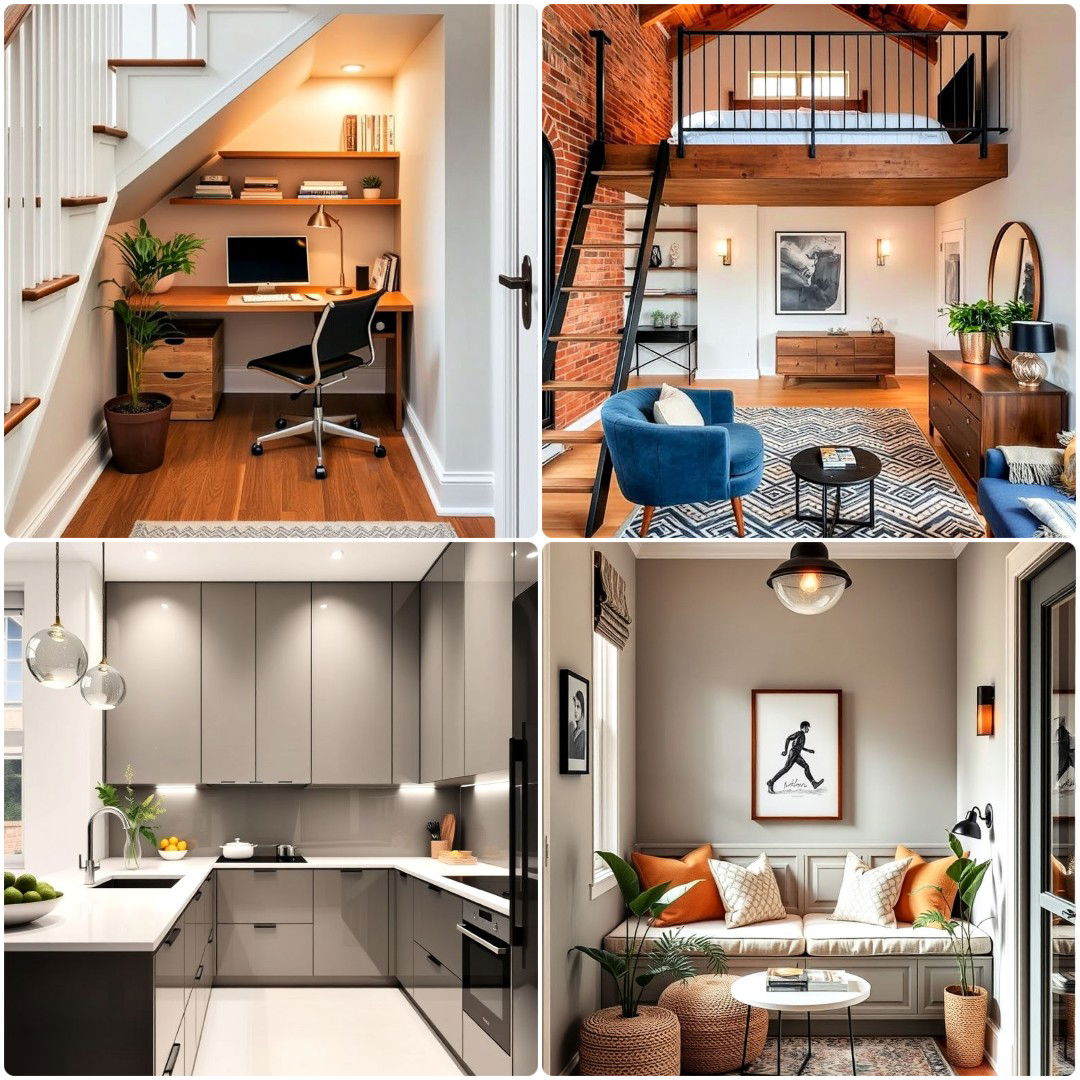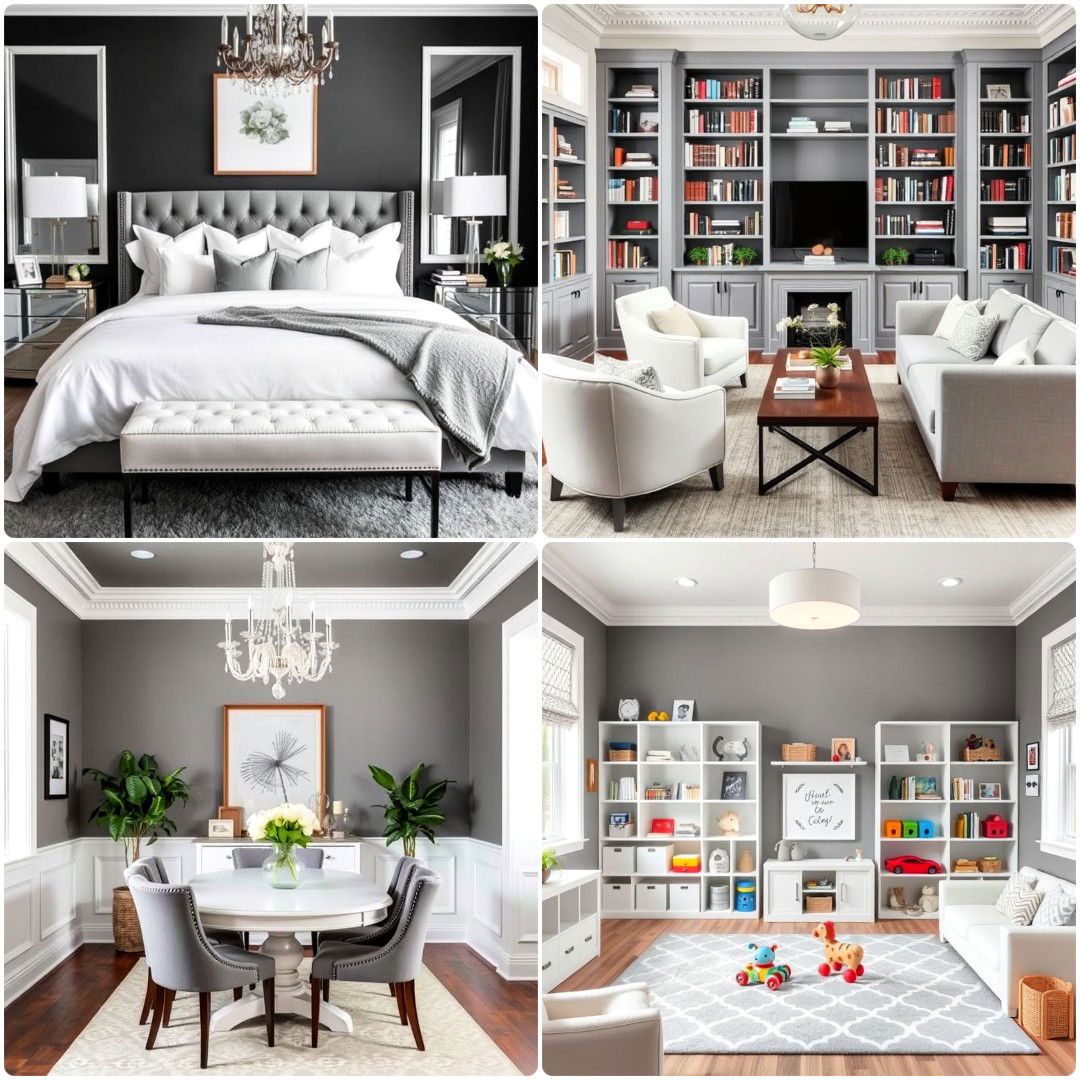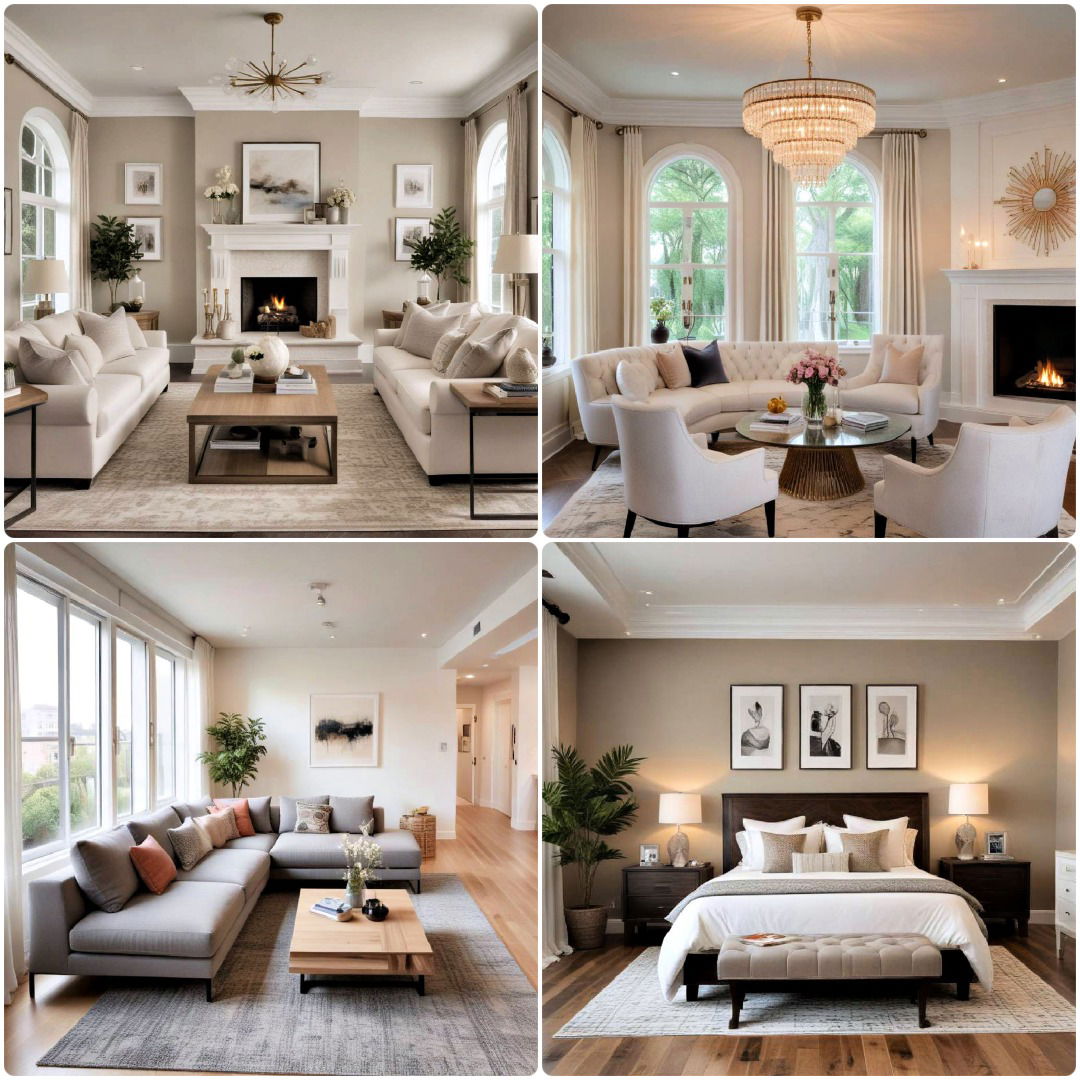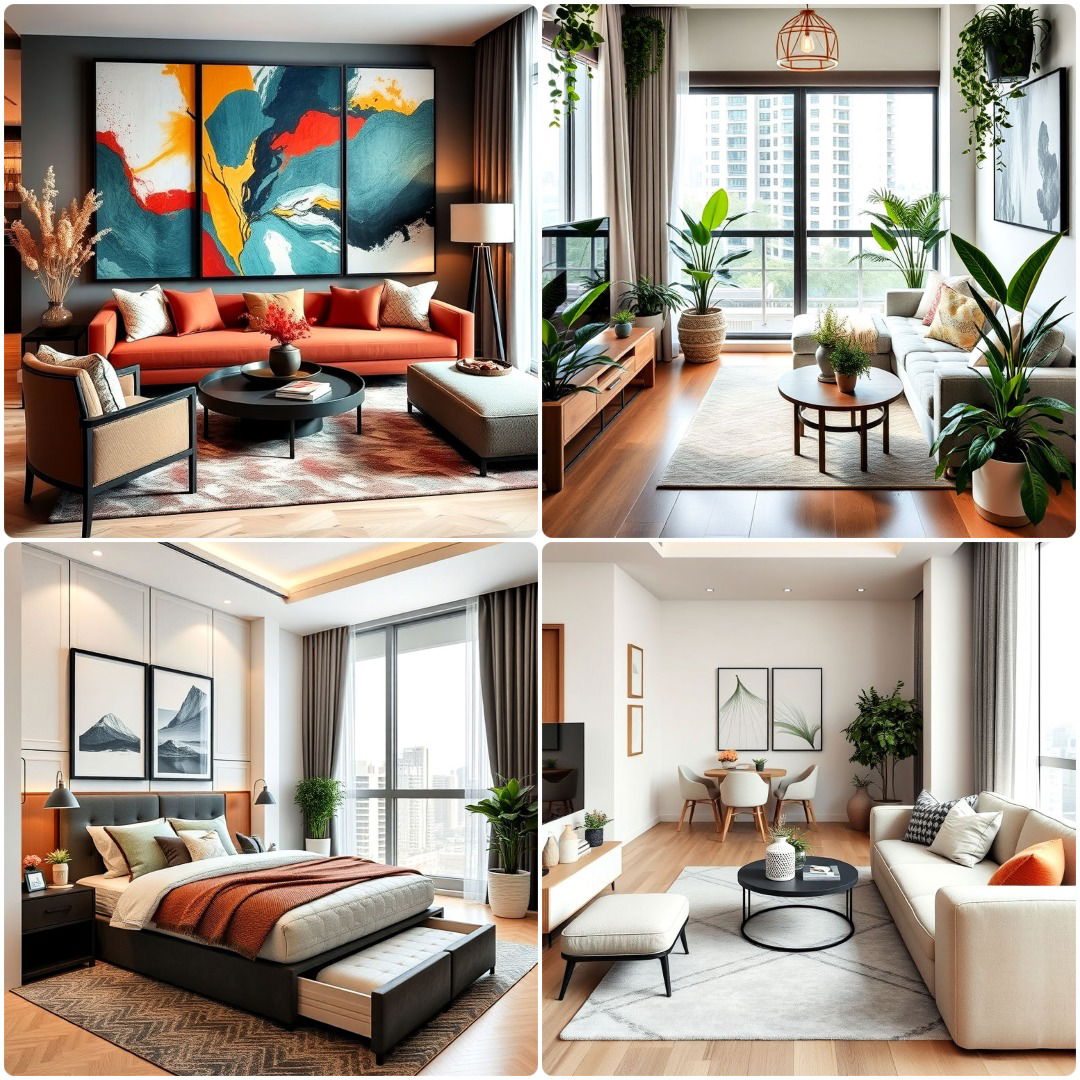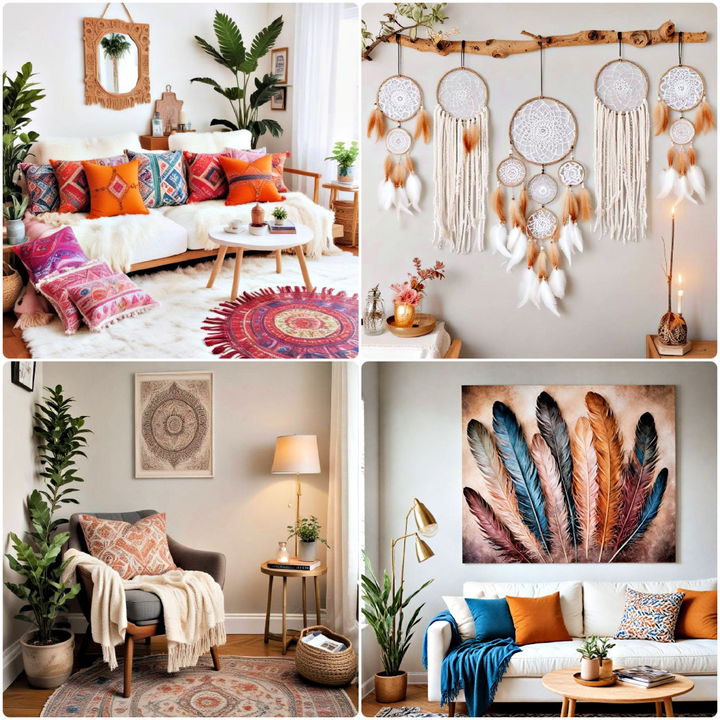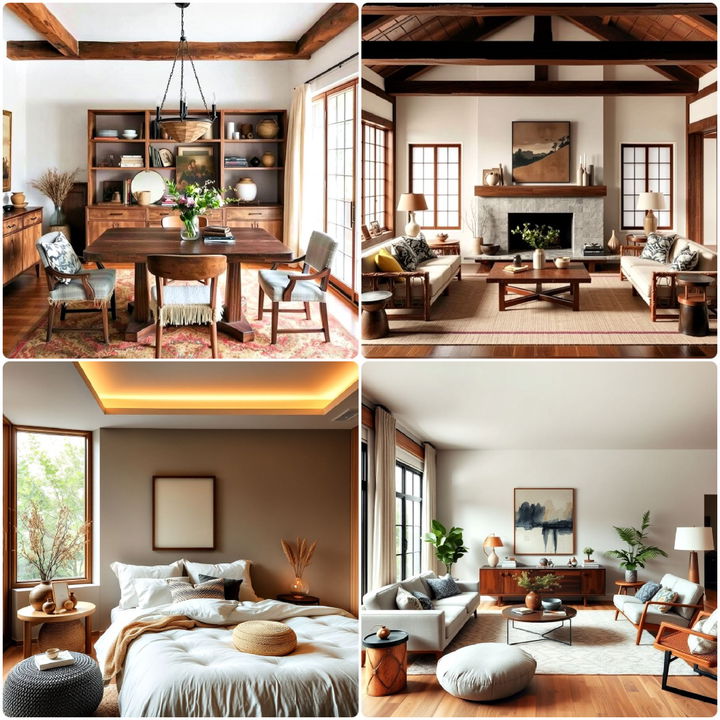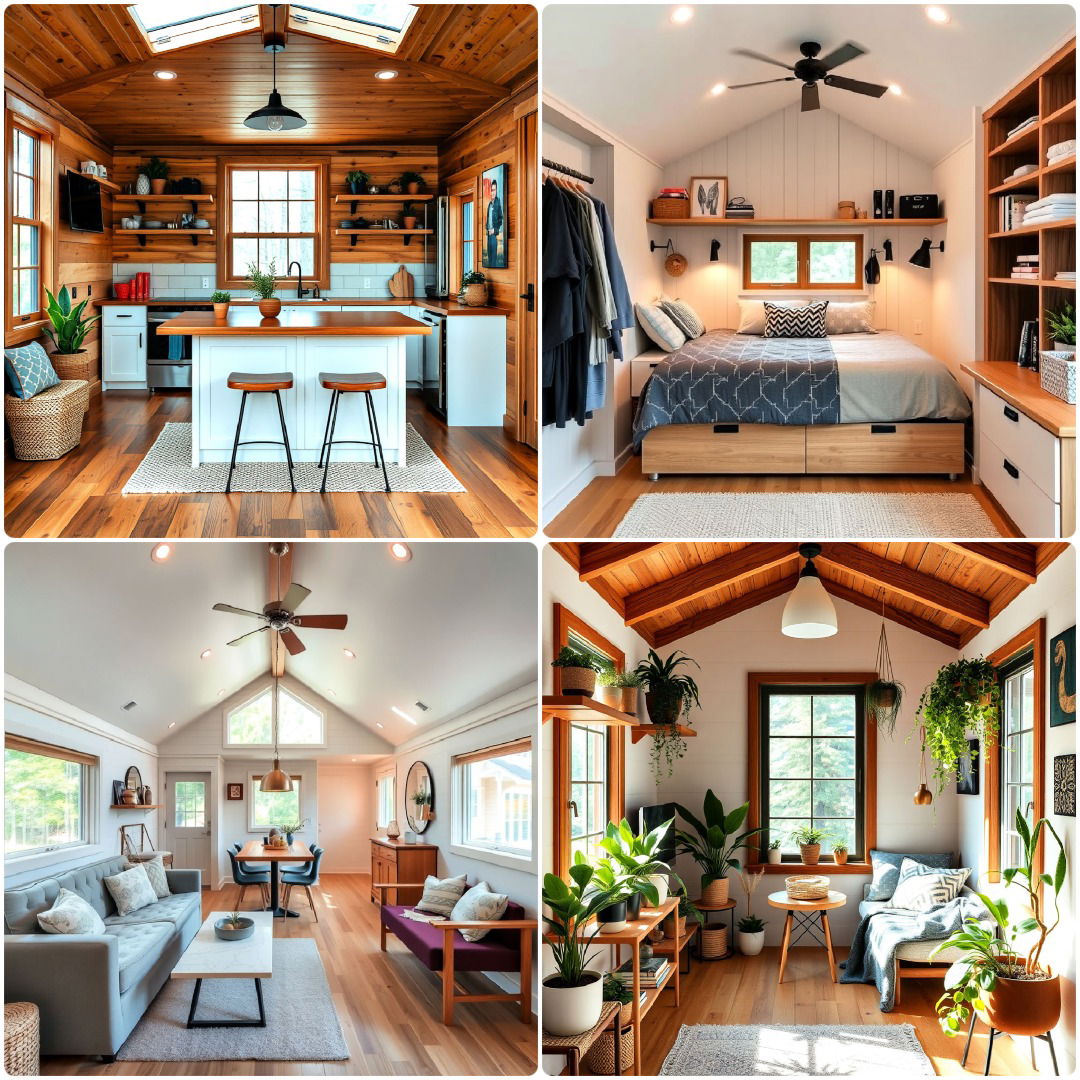Asymmetrical balance in interior design offers a captivating twist, infusing spaces with creativity and individuality. Unlike traditional symmetry, this approach embraces purposeful imbalance, drawing the eye to unexpected, dynamic arrangements that add depth and intrigue. By intentionally placing furniture, decor, and other elements off-center, these 20 cool asymmetrical balance interior design ideas bring a sense of liveliness and spontaneity to any room. Whether it’s a single bold piece commanding one side of the room or an eclectic mix of textures and shapes, asymmetrical balance creates interiors that feel both curated and comfortably relaxed.
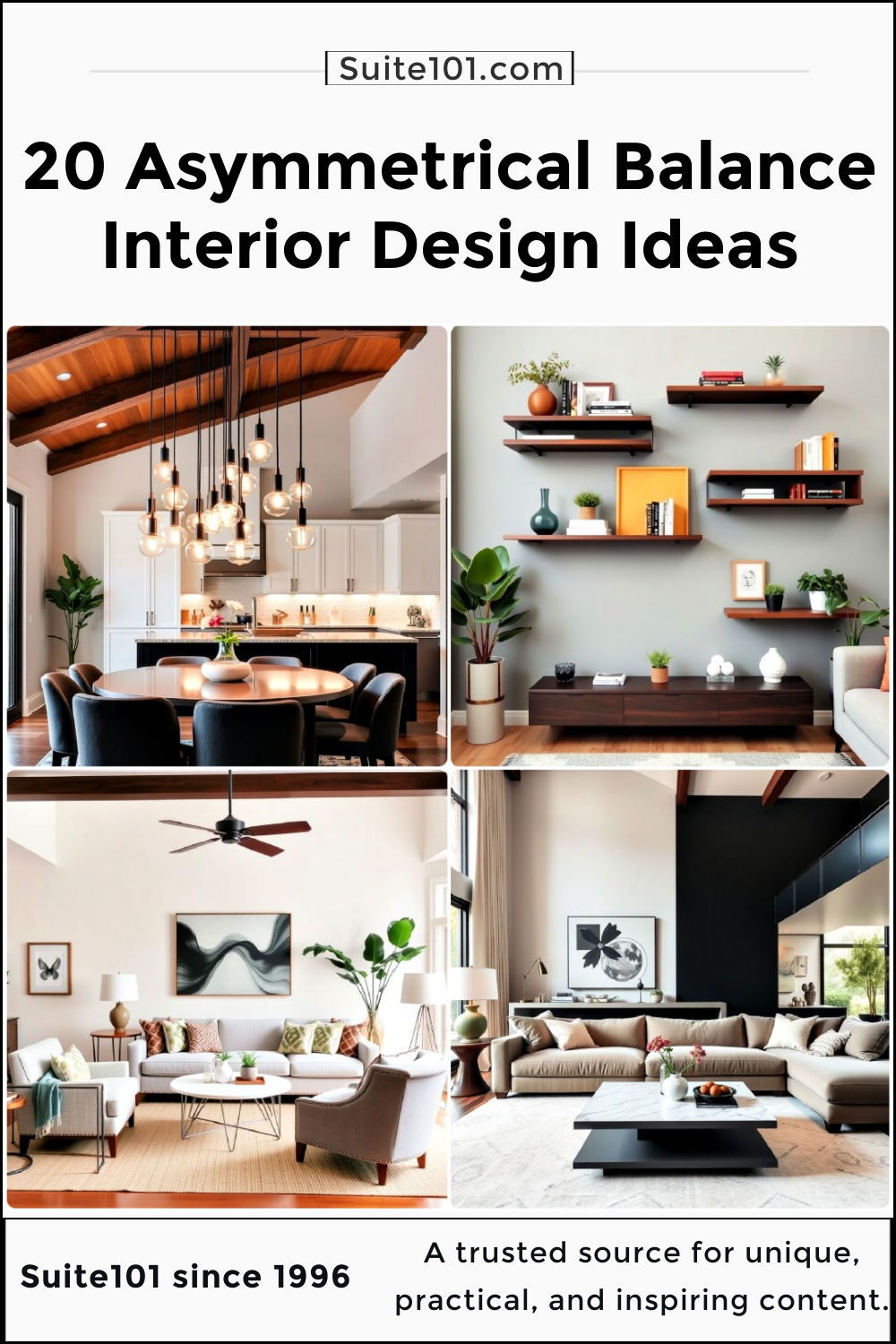
1. Mix and Match Seating
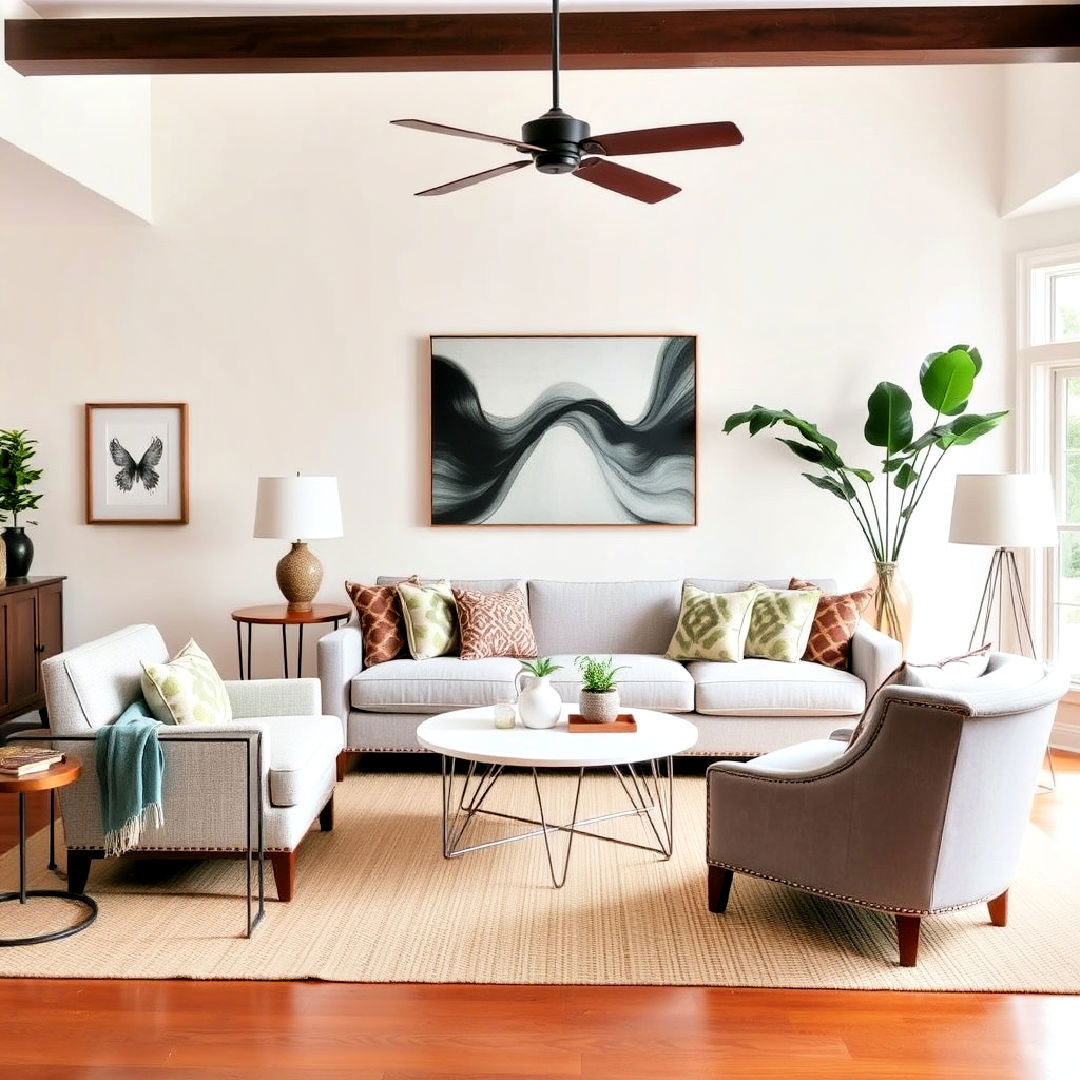
Incorporate a variety of seating options to create an interesting and asymmetrical balance in your living room. Pair a large sofa with a smaller armchair or a modern lounge chair, allowing them to anchor different sides of the space without perfectly matching. This technique adds visual interest without feeling disorganized, encouraging an informal, cozy vibe.
2. Layering Rugs of Different Sizes
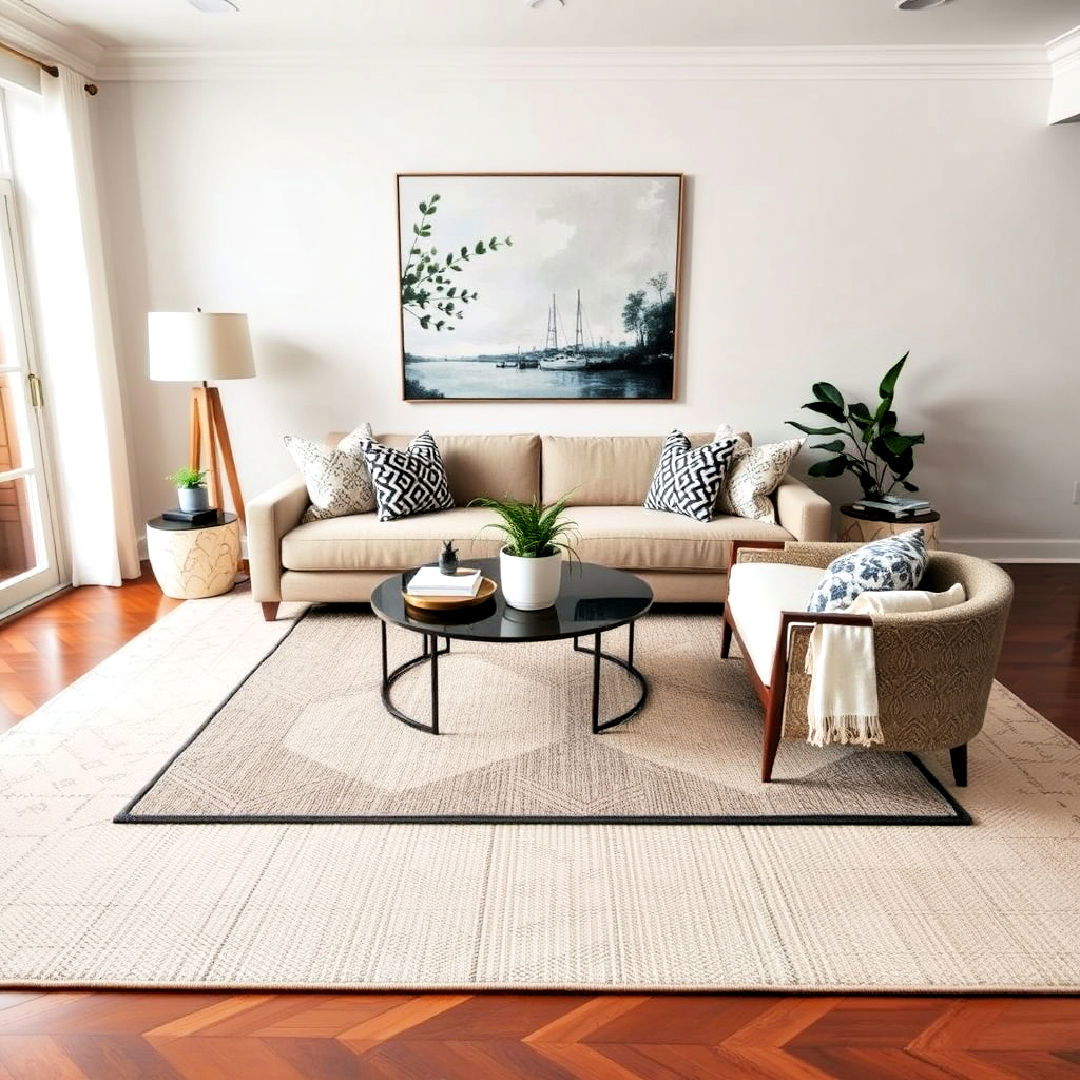
Layering rugs of varying shapes, textures, and sizes creates a dynamic floor space that adds depth and interest. Placing a large neutral rug beneath a smaller, patterned one can create an asymmetrical but harmonious focal point. This layered look adds warmth and character to any room, breaking away from predictable, symmetrical designs.
3. Offset Art Gallery Wall

Enhance your space with asymmetrical balance interior design for a modern and dynamic look. Create an offset gallery wall by hanging artwork of different sizes and shapes at varying heights. Instead of centering all pieces, group them in an asymmetrical way to create a sense of movement. This approach draws attention and feels more personalized and eclectic, perfect for adding character to a blank wall.
4. Uneven Shelving Arrangements
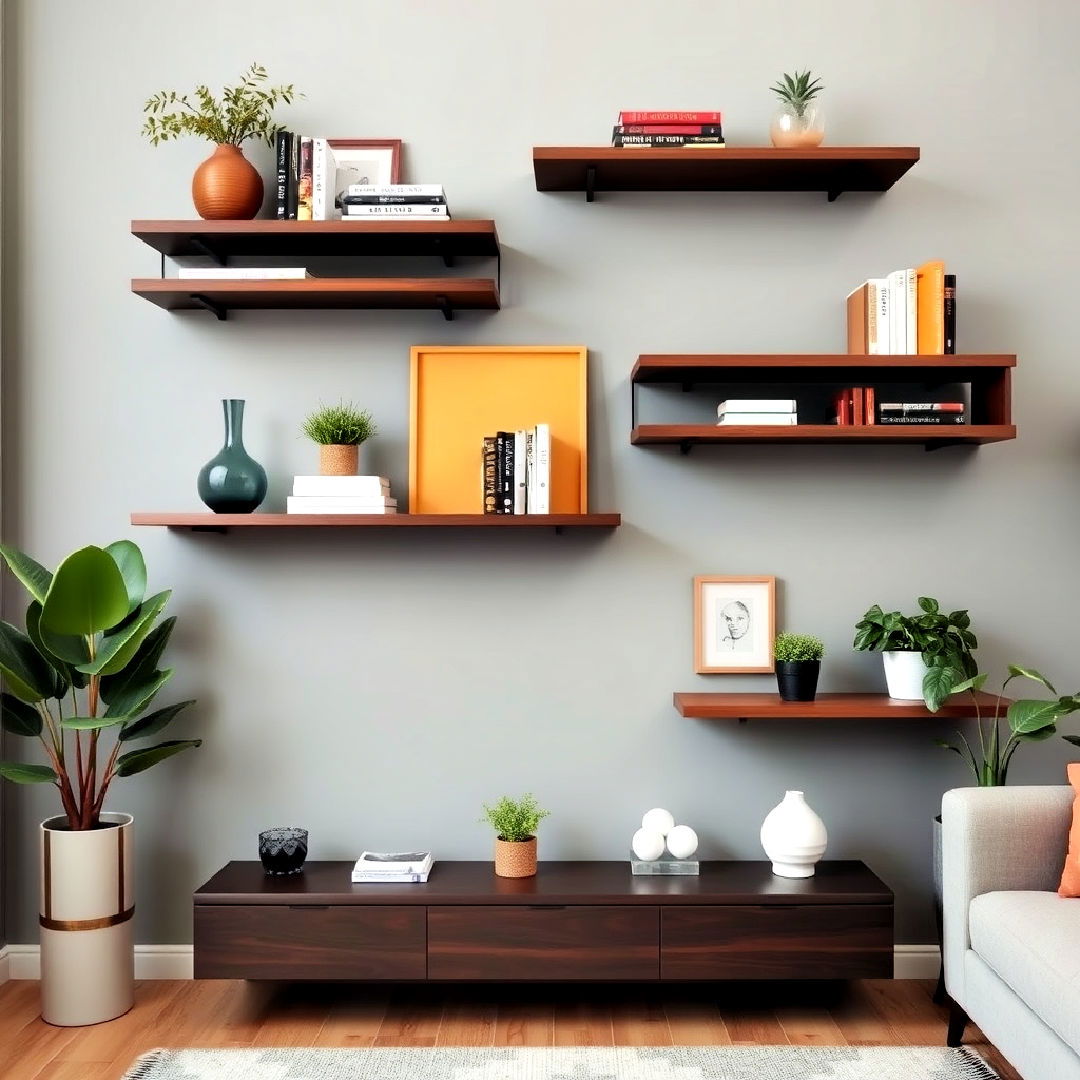
Install floating shelves of varying lengths and place them at different heights for an intriguing asymmetrical effect. Use these shelves to display a mix of objects like books, plants, and decorative pieces. The imbalance of the shelf sizes and placements adds a dynamic flow to the room while maintaining functionality.
5. Asymmetrical Lighting Placement
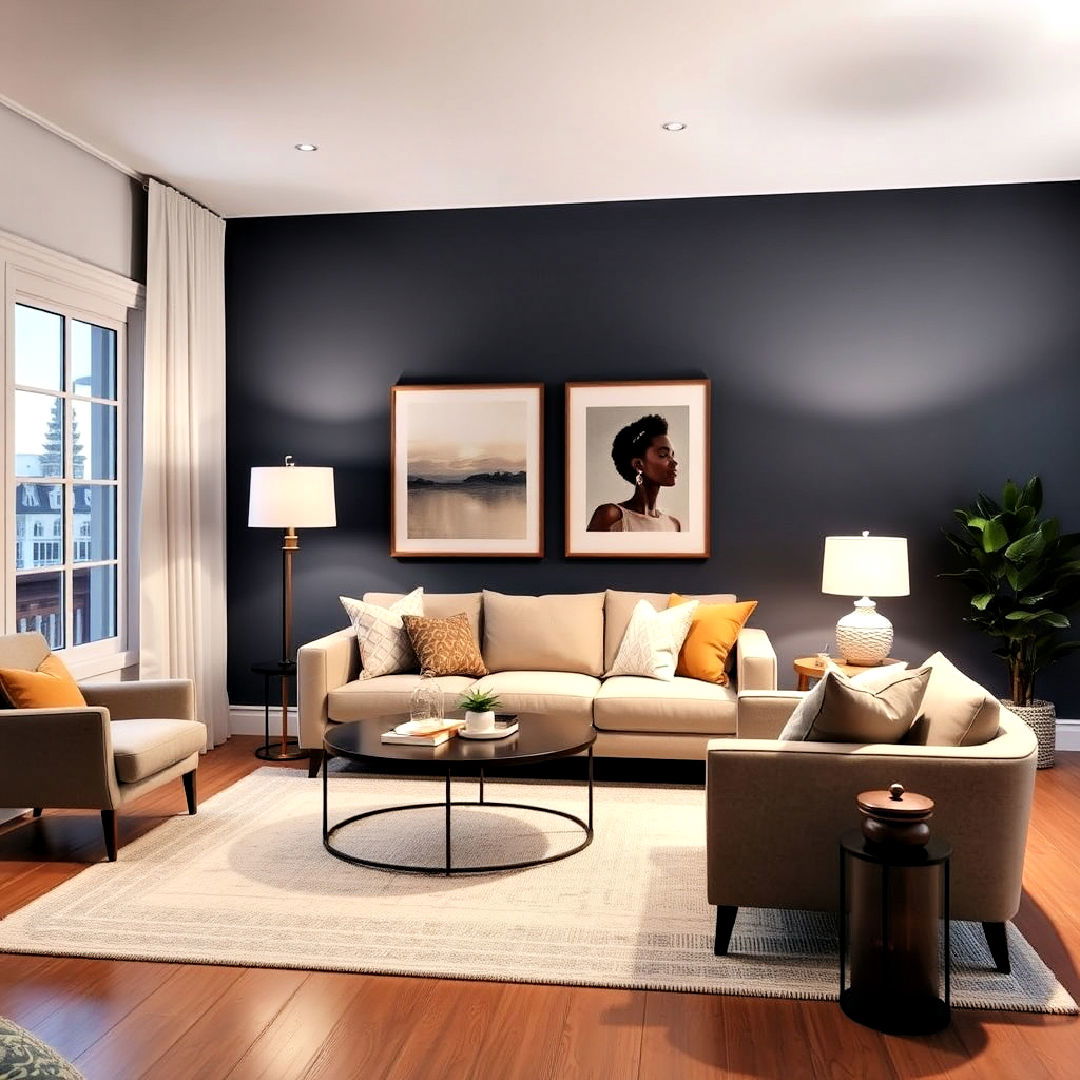
Incorporating different types of lighting in varied placements can achieve asymmetrical balance. For instance, use a tall floor lamp on one side of a seating area and balance it with a smaller table lamp on the opposite side. This intentional imbalance in lighting creates a cozy, layered ambiance without being too structured.
6. Statement Furniture on One Side
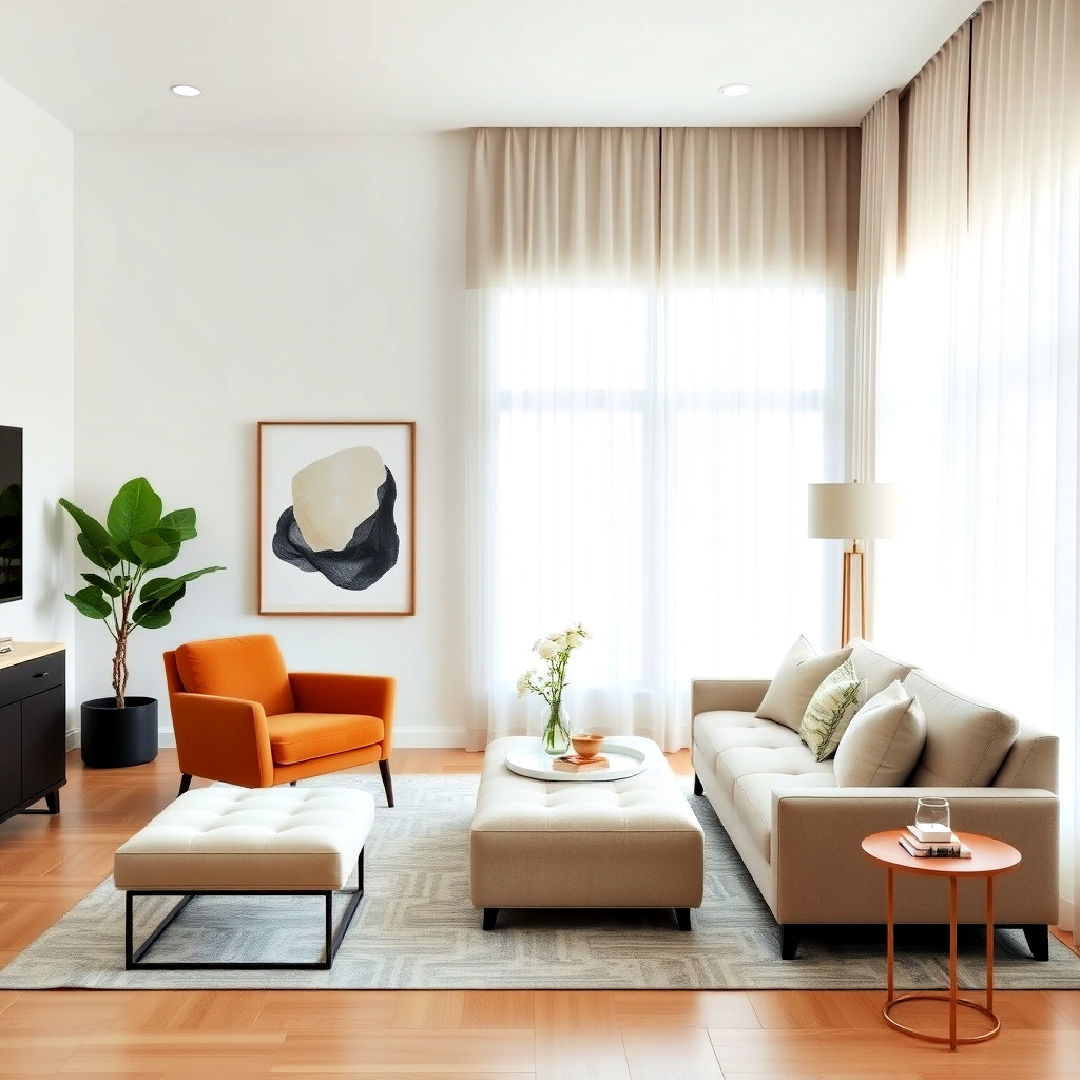
Place a bold, statement piece of furniture, like a large armchair or an oversized ottoman, on one side of the room and balance it with smaller pieces, such as a sleek side table or a delicate plant stand on the other side. This asymmetrical setup creates a focal point without overwhelming the room’s balance.
7. Uneven Curtain Heights

Install curtains at varying heights in the same room, especially if you have windows of different sizes. Hanging one set of curtains higher or wider than another adds an unexpected element of asymmetry, giving the space a unique visual rhythm while maintaining functionality.
8. Unmatched Nightstands
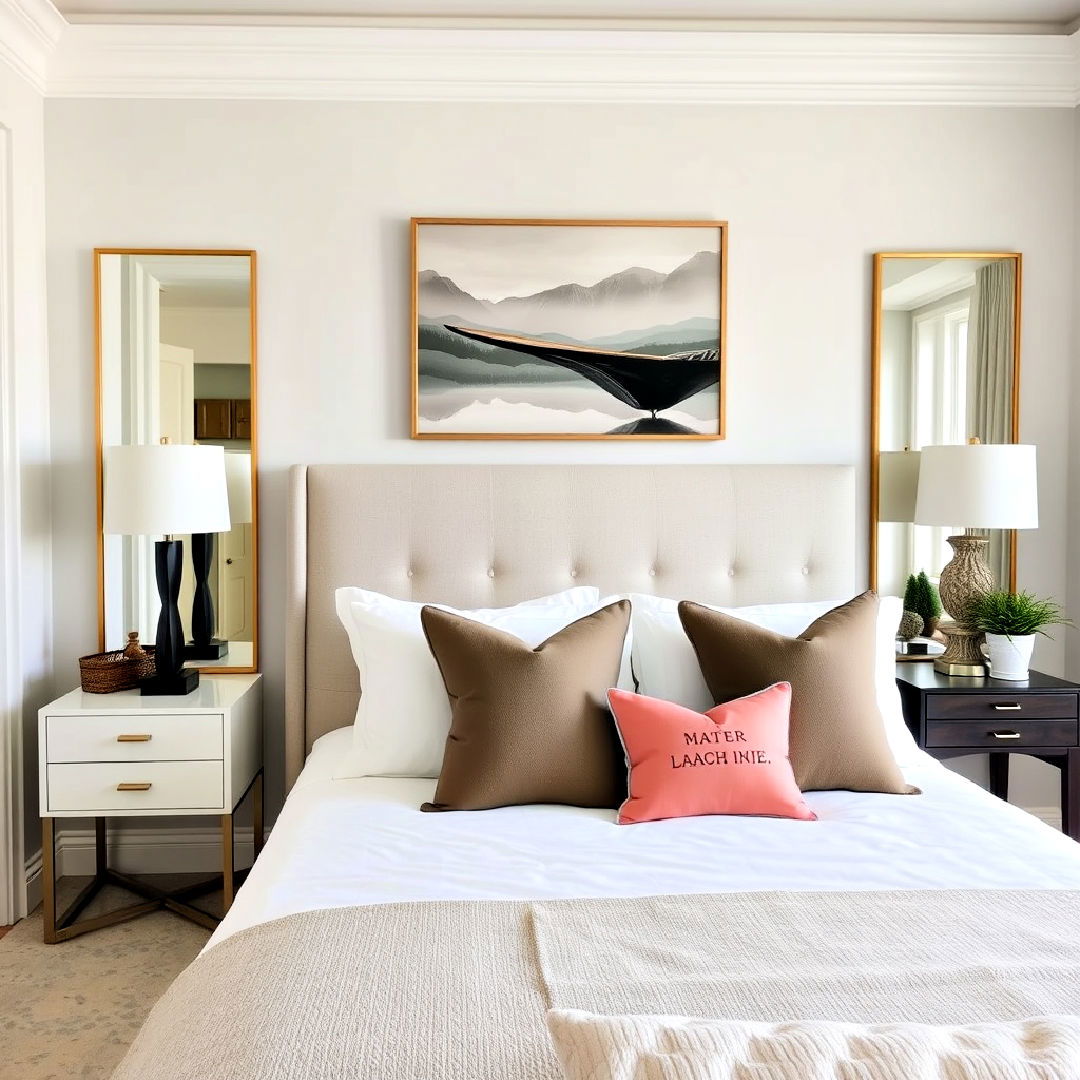
Learn how to use asymmetrical balance in interior design to create visually appealing rooms. In the bedroom, opt for mismatched nightstands beside the bed. One side might have a sleek, minimalist table while the other features a bulkier, more intricate design. This asymmetry adds character to the room without disrupting the cohesive look of the space.
9. Mixed Material Furniture
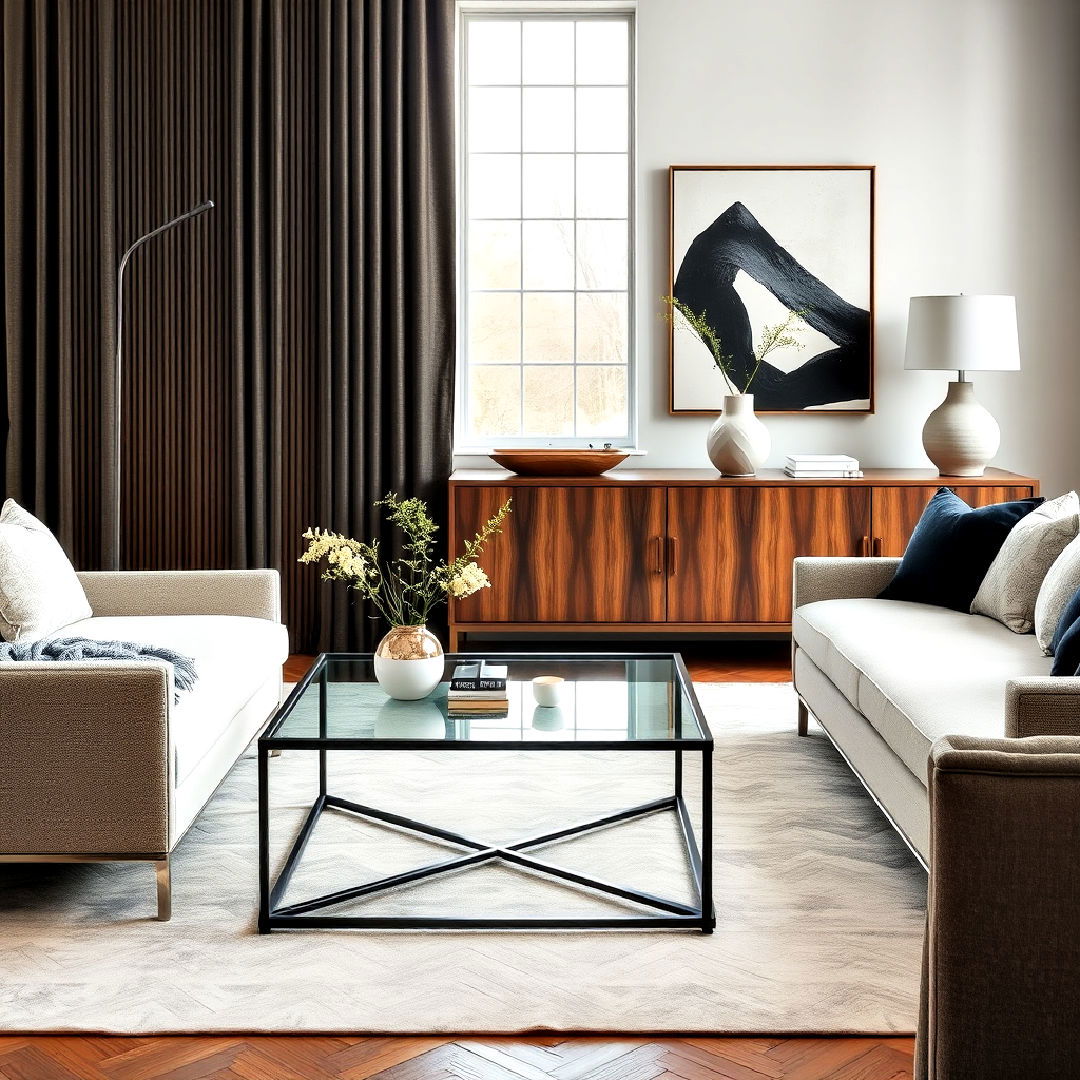
Blend furniture pieces made from different materials, such as a metal-framed coffee table paired with a wooden sideboard. By keeping the finishes and textures distinct, you can create an asymmetrical balance that introduces contrast and depth into the room while maintaining a unified aesthetic.
10. Offset Room Divider
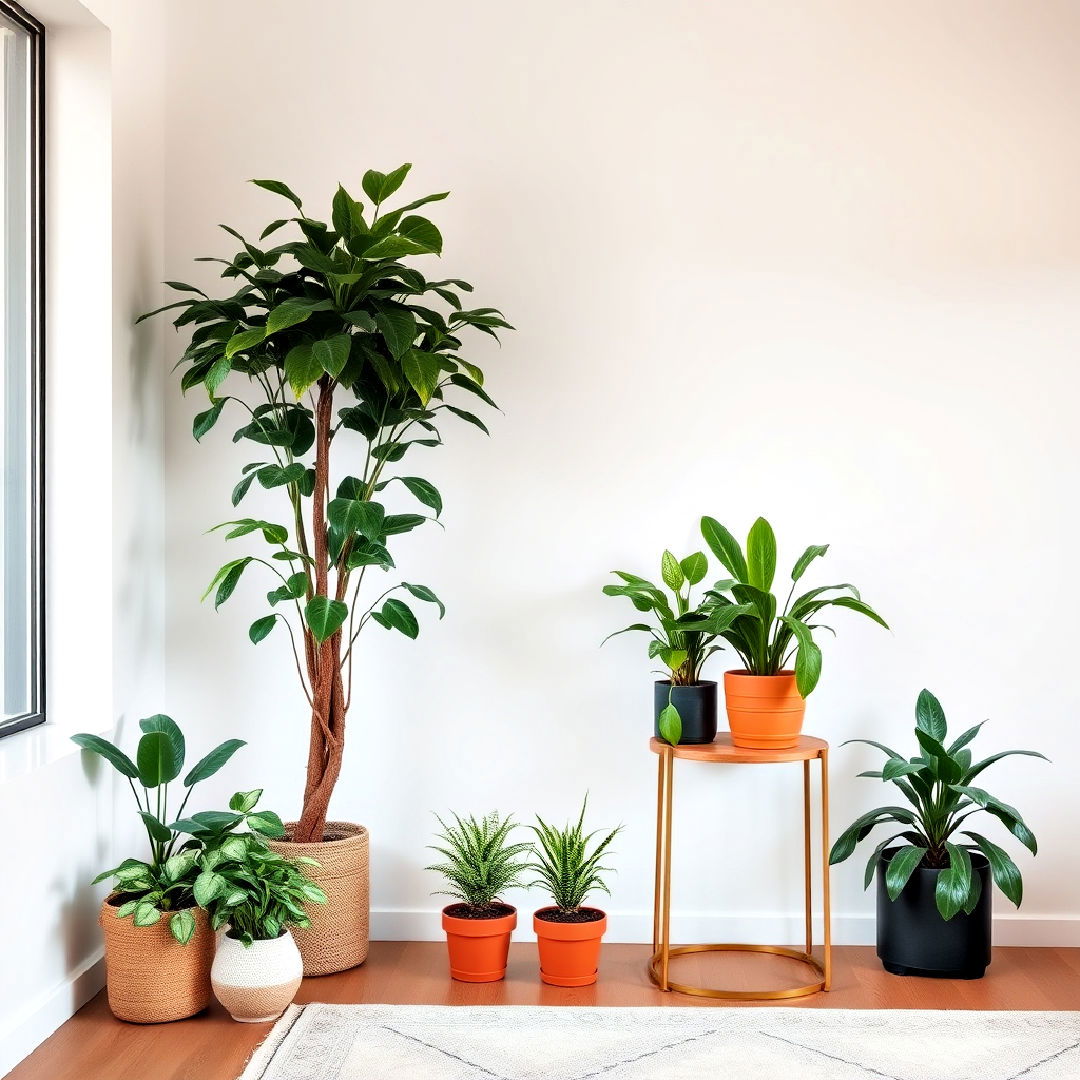
Use an asymmetrical room divider, such as a folding screen with varying panel heights or an off-center shelving unit. This approach can divide spaces in a non-linear fashion, adding flow and movement to the room without creating sharp, defined separations.
11. Asymmetrical Plant Display

Create an asymmetrical arrangement of plants by grouping tall and short plants together. For instance, place a tall floor plant in one corner and balance it with a smaller cluster of potted plants on a nearby shelf or table. This brings natural texture and variety to the room while maintaining an interesting visual flow.
12. Off-Center Dining Table Placement
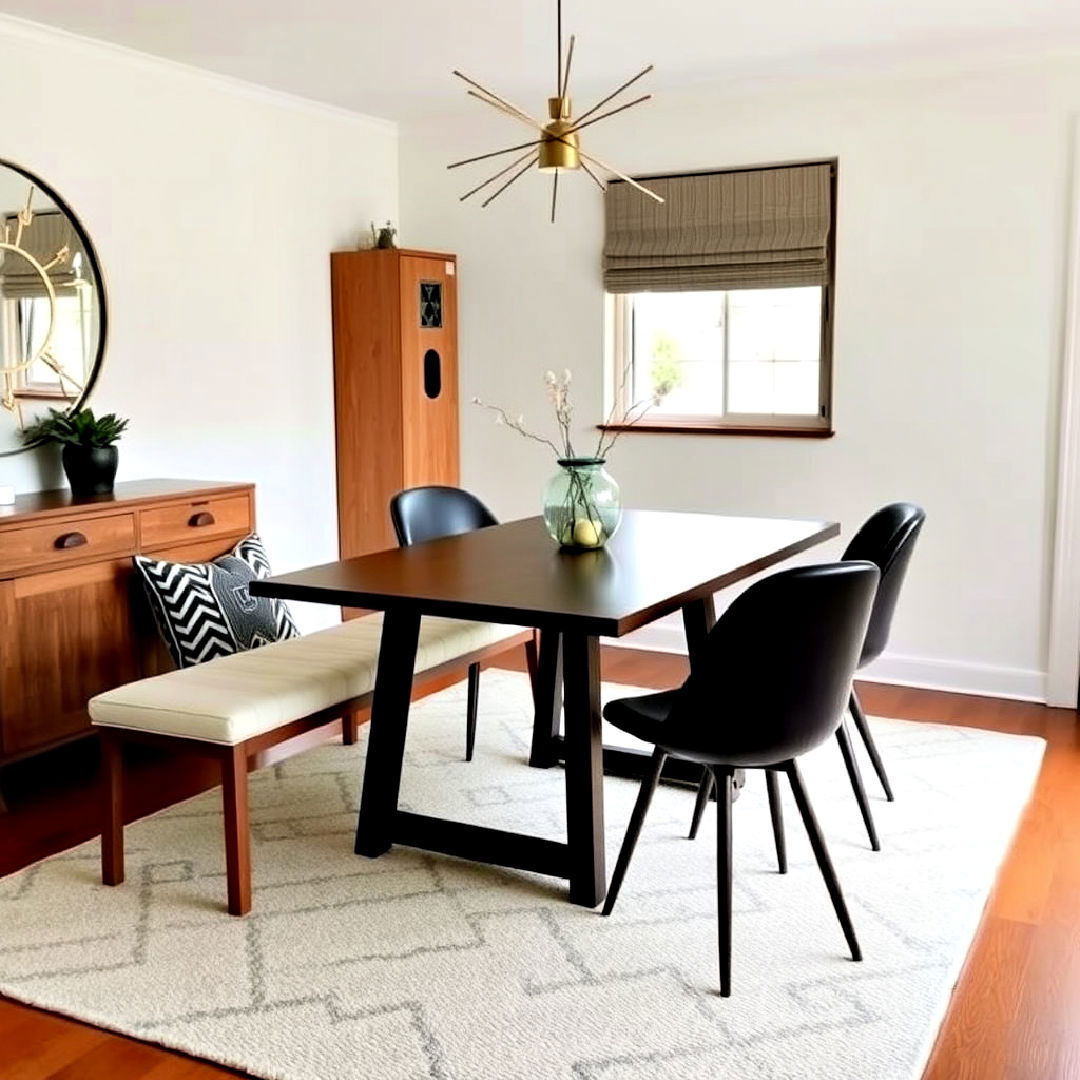
Place your dining table slightly off-center in the room, perhaps closer to a window or one side of the space. Pair it with an uneven chair arrangement, such as using a bench on one side and traditional chairs on the other. This casual, asymmetrical setup feels inviting and unconventional, perfect for modern dining areas.
13. Varied Pillow Arrangements
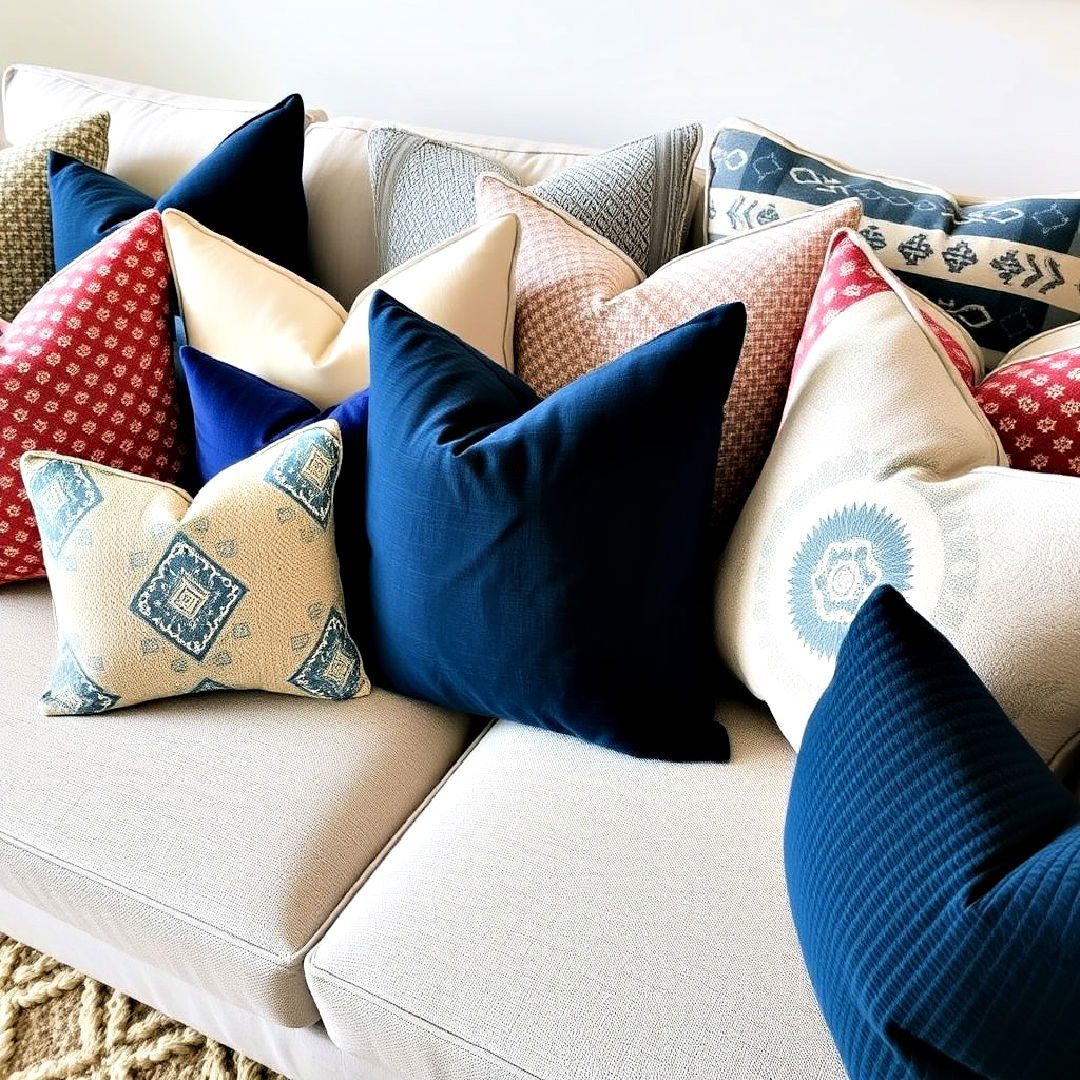
Mix and match throw pillows of different sizes, patterns, and textures on your sofa or bed. Instead of arranging them symmetrically, group them in uneven clusters. This asymmetrical approach adds depth and personality to a space, while still maintaining comfort and style.
14. Asymmetrical Headboard Wall Design

Achieve harmony with asymmetrical balance in a room through strategic placement and decor. Design the wall behind your bed in an asymmetrical way, perhaps with an offset headboard or art installation. Use a unique combination of textures like wood, fabric, or even wall-mounted lighting fixtures that are deliberately positioned unevenly for a modern, artistic touch.
15. Clustered Pendant Lights
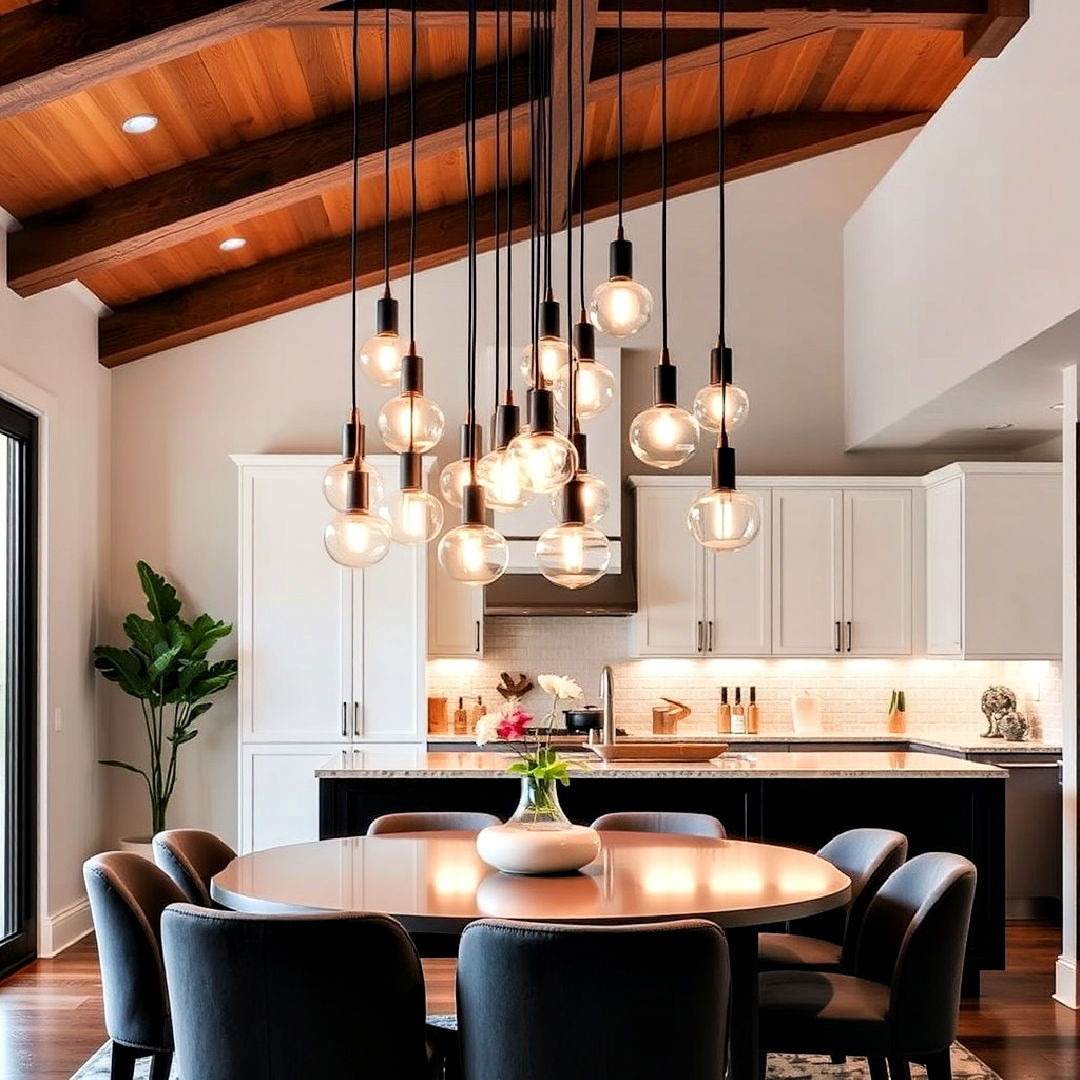
Instead of a centered chandelier, hang pendant lights at varying heights and locations in a cluster over your dining table or kitchen island. This asymmetrical arrangement provides a sculptural element, offering both functional lighting and a modern, artistic statement.
16. Off-Balance Mirrors
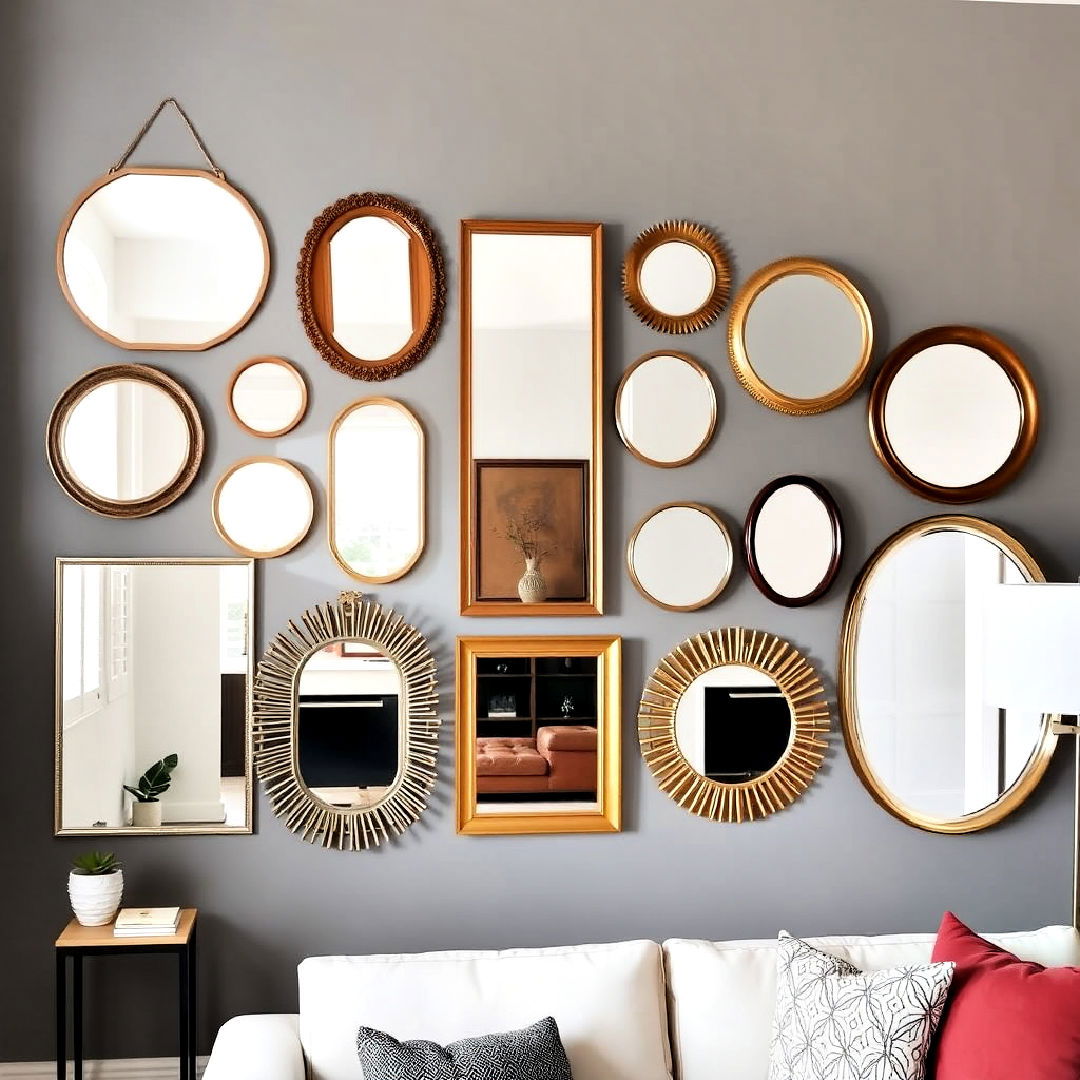
Hang mirrors of different shapes and sizes on one wall, positioned slightly off-center from each other. This asymmetrical placement reflects light in unpredictable ways and adds an artistic flair to any room, making the space feel larger and more dynamic.
17. Asymmetrical Accent Wall
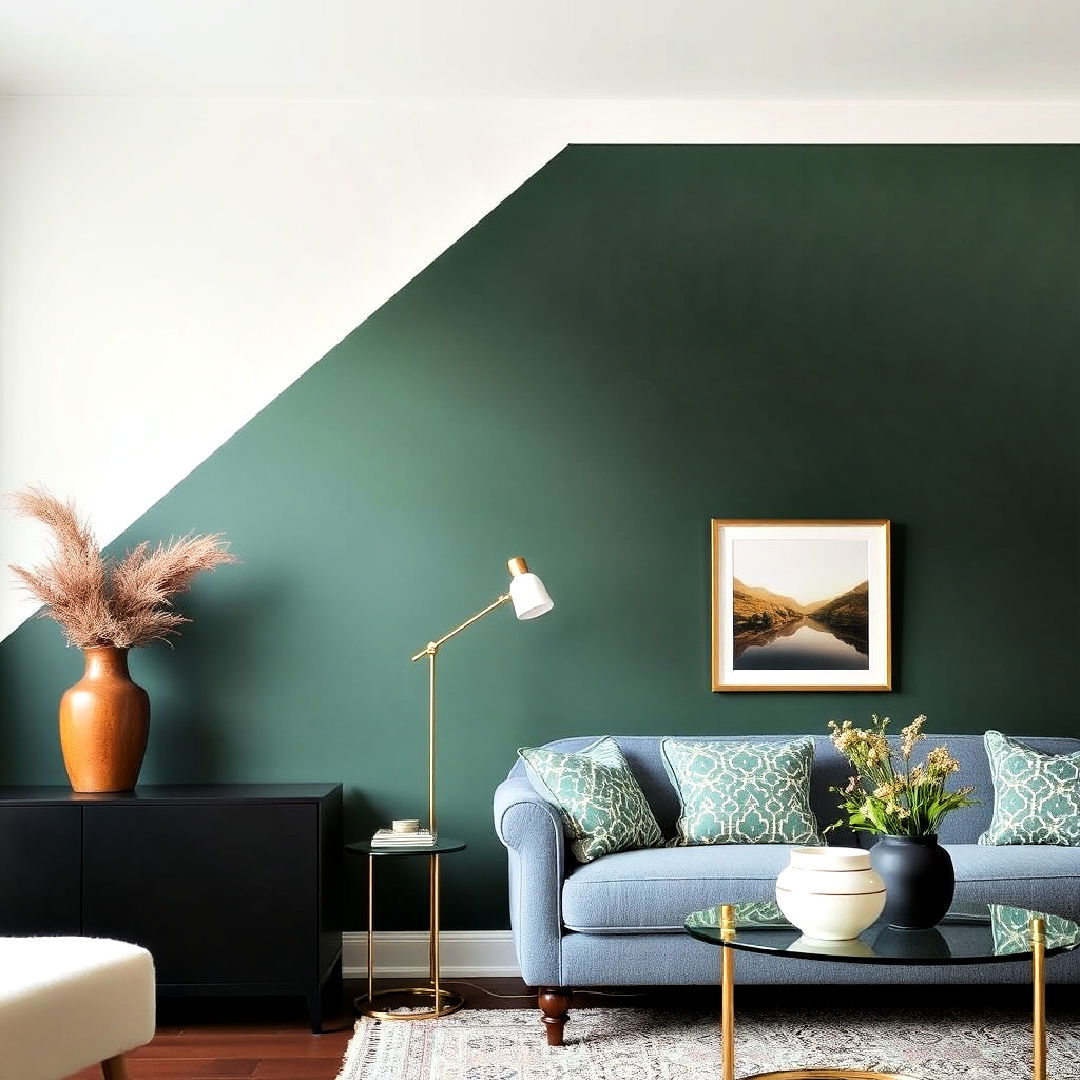
Create an asymmetrical accent wall by painting or wallpapering only part of the wall, leaving the rest neutral. This off-balance approach draws attention to one side of the room without overwhelming the space, allowing you to experiment with bold colors or patterns in a unique, unexpected way.
18. Unbalanced Sofa and Coffee Table Pairing
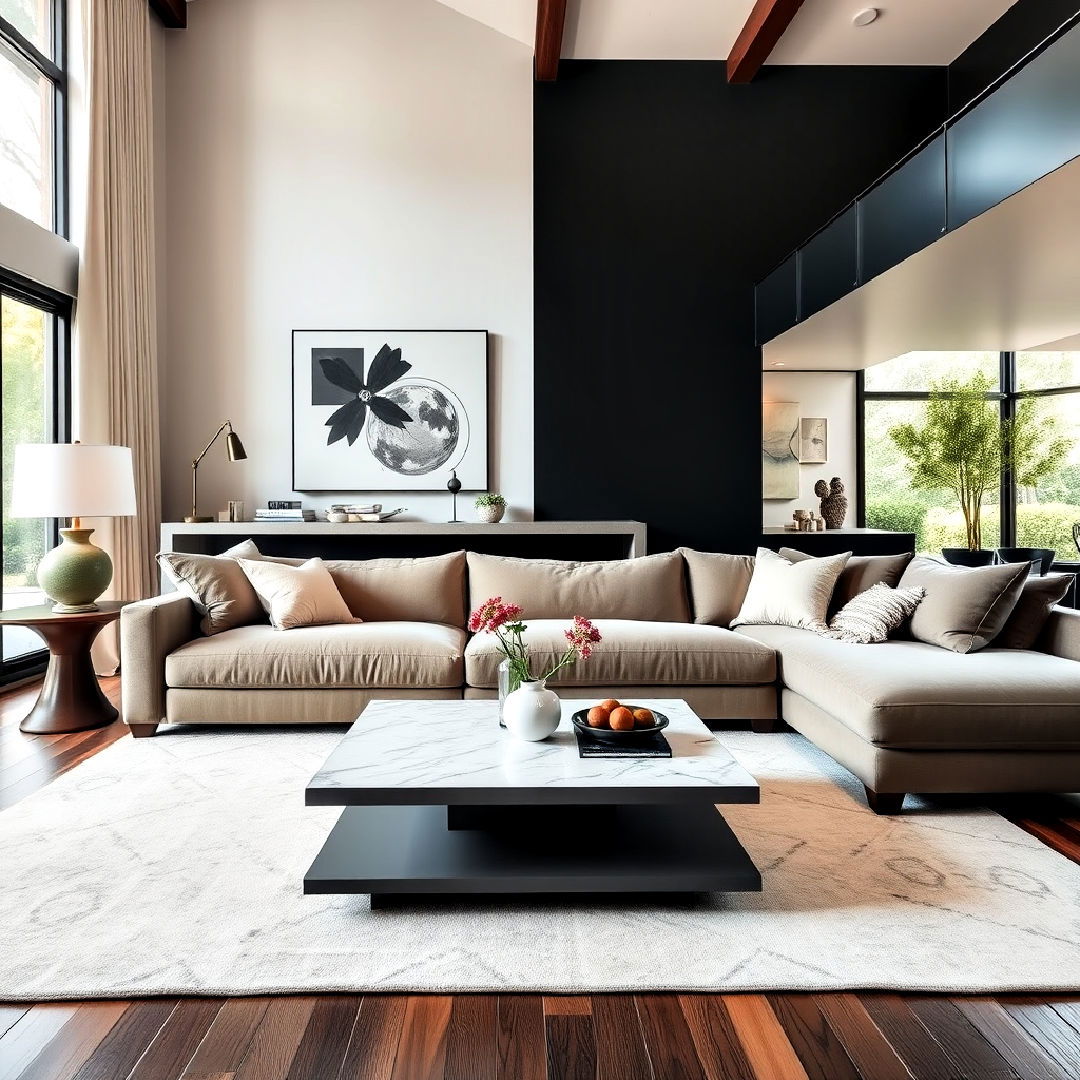
Pair a large, oversized sofa with a smaller, minimalist coffee table to create a sense of asymmetrical balance. The contrast between the size and visual weight of the pieces creates an intriguing focal point, giving the living area a relaxed, modern feel without feeling too structured.
19. Off-Center Fireplace Mantel Display
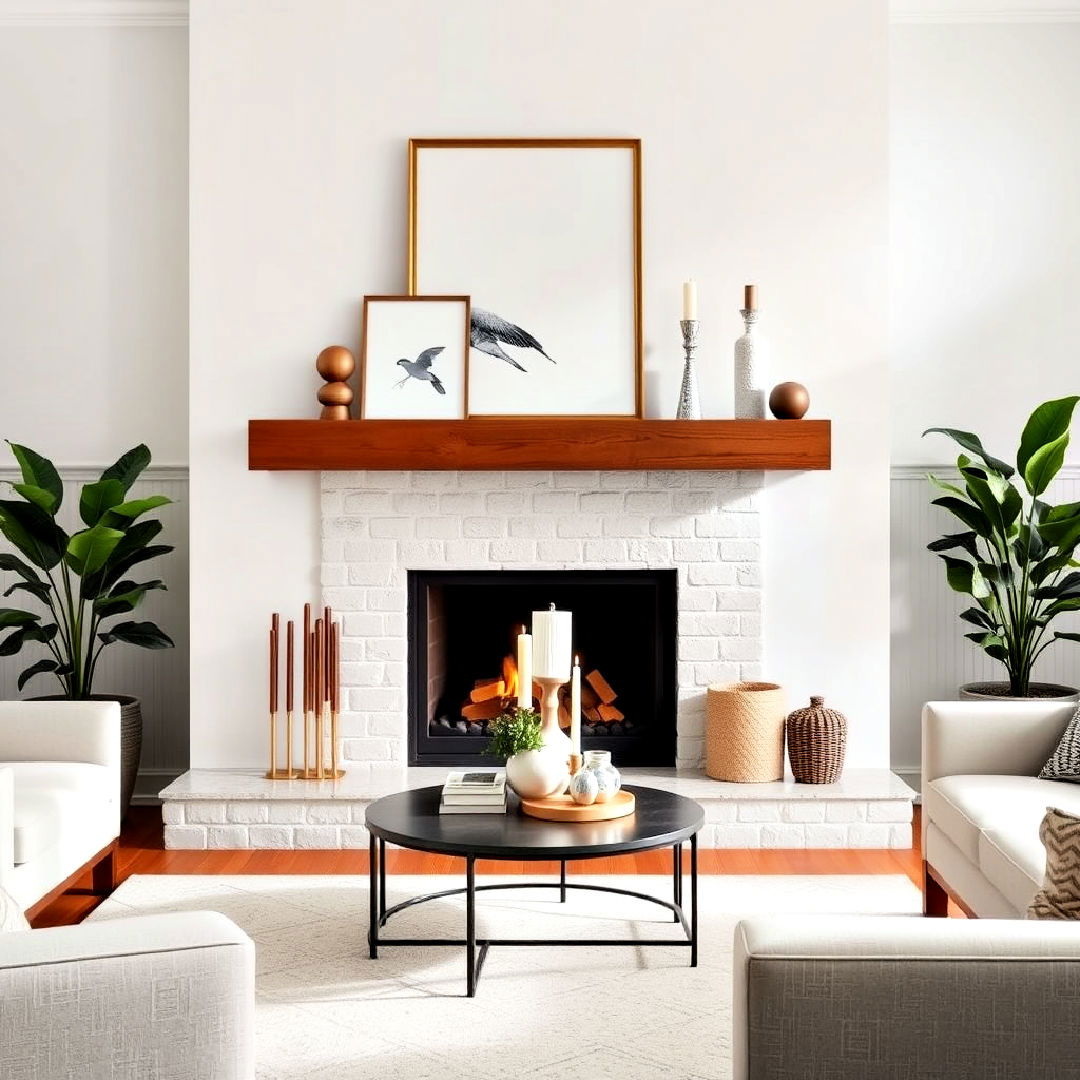
Get inspired by examples of asymmetrical balance in interior design to elevate your home’s aesthetic. Decorate your fireplace mantel with an asymmetrical arrangement of objects, such as placing a large piece of artwork or a mirror on one side and balancing it with a few smaller items like candles, vases, or plants on the opposite side. This layout feels curated and cozy while breaking away from traditional symmetrical arrangements.
20. Staggered Staircase Shelving
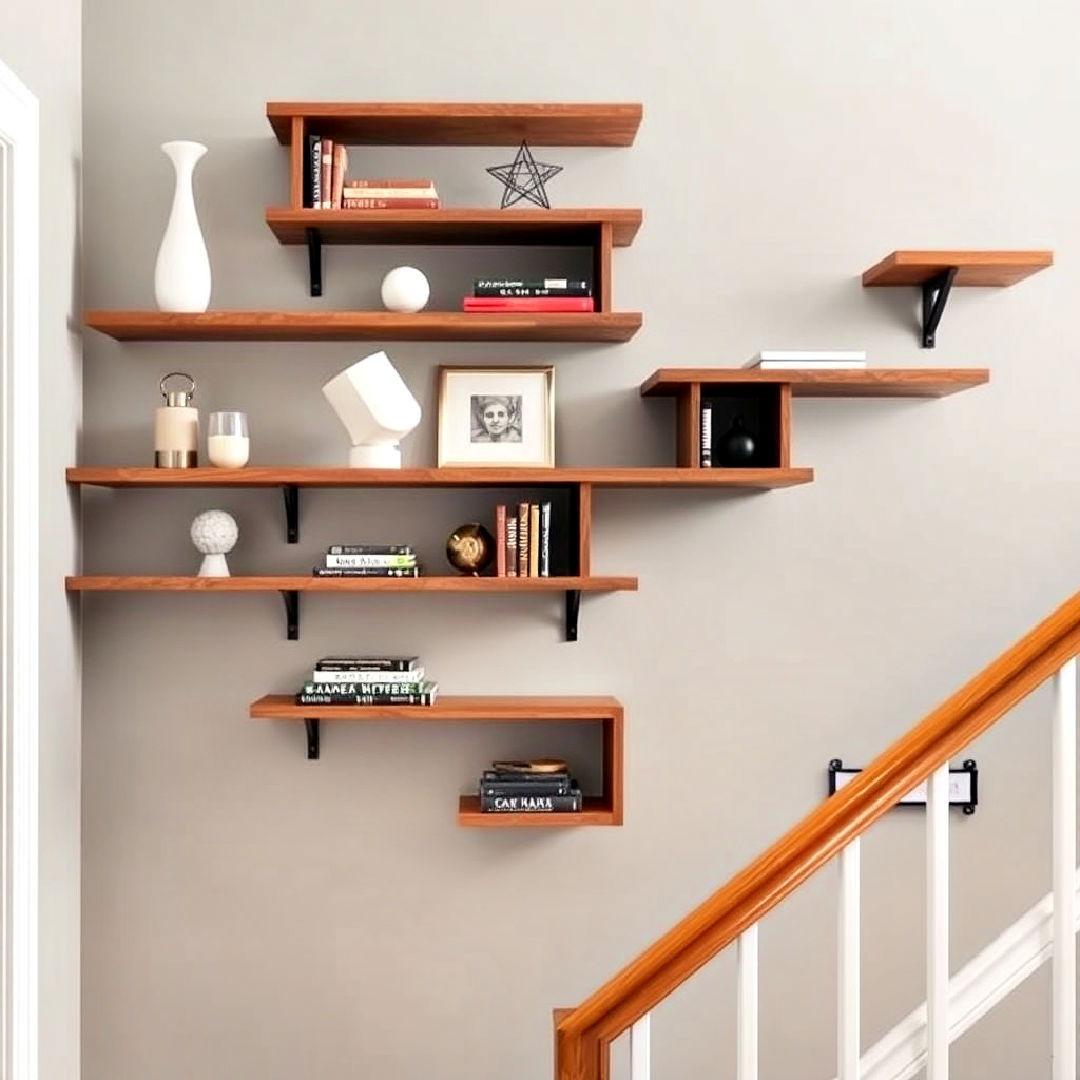
Install staggered shelves along a staircase wall, varying the heights and lengths of each shelf. This asymmetrical shelving arrangement allows for a playful display of decorative objects and books, creating visual interest that follows the natural incline of the stairs while avoiding a monotonous, uniform look.
Conclusion:
Incorporating asymmetrical balance into your interior design can transform spaces into unique expressions of style and creativity. From off-center gallery walls to staggered shelving, each asymmetrical choice adds character and movement, making the room feel more inviting and personal. Embrace these design ideas to refresh your space, blending harmony with a touch of unpredictability that elevates your home's aesthetic to a whole new level.
Key Points:
- Creative Imbalance: Asymmetrical balance brings a dynamic, visually interesting quality to interiors by purposefully offsetting elements like furniture, decor, and art, creating an inviting and personalized look.
- Mix and Match Design: Using varied textures, shapes, and materials – from mismatched seating to layered rugs – adds depth and individuality to spaces.
- Unexpected Arrangements: Off-center items like gallery walls, shelving, and lighting make the design feel fresh and add visual flow.
- Emphasis on Unique Features: Statement pieces placed asymmetrically, such as bold furniture on one side of the room or clustered pendant lights, draw attention and serve as focal points.
- Personalized Styling: Asymmetry encourages creativity, allowing for a unique and authentic style that reflects personality and lifestyle.
What to Do Next:
- Identify Spaces for Asymmetry: Look around your rooms and consider areas where an asymmetrical arrangement could enhance interest and balance.
- Experiment with Layering and Texture: Try mixing different seating types, adding varied pillows, or layering rugs to build depth and personality.
- Play with Focal Points: Add unique statement pieces or art arrangements off-center in spaces to create new focal points that draw the eye.
- Personalize Your Space: Integrate these asymmetrical ideas in a way that feels true to your style, making the room both comfortable and visually engaging.

